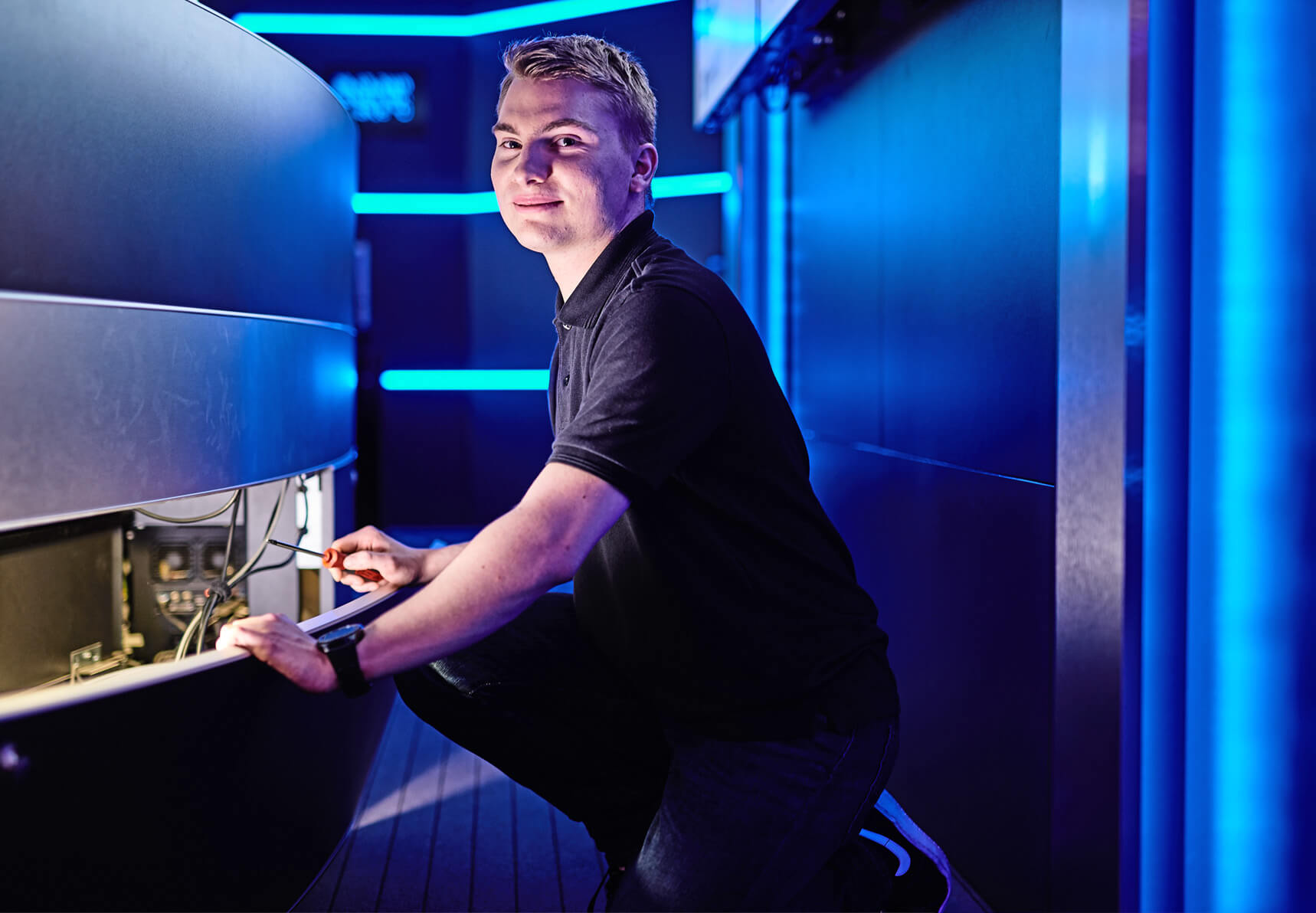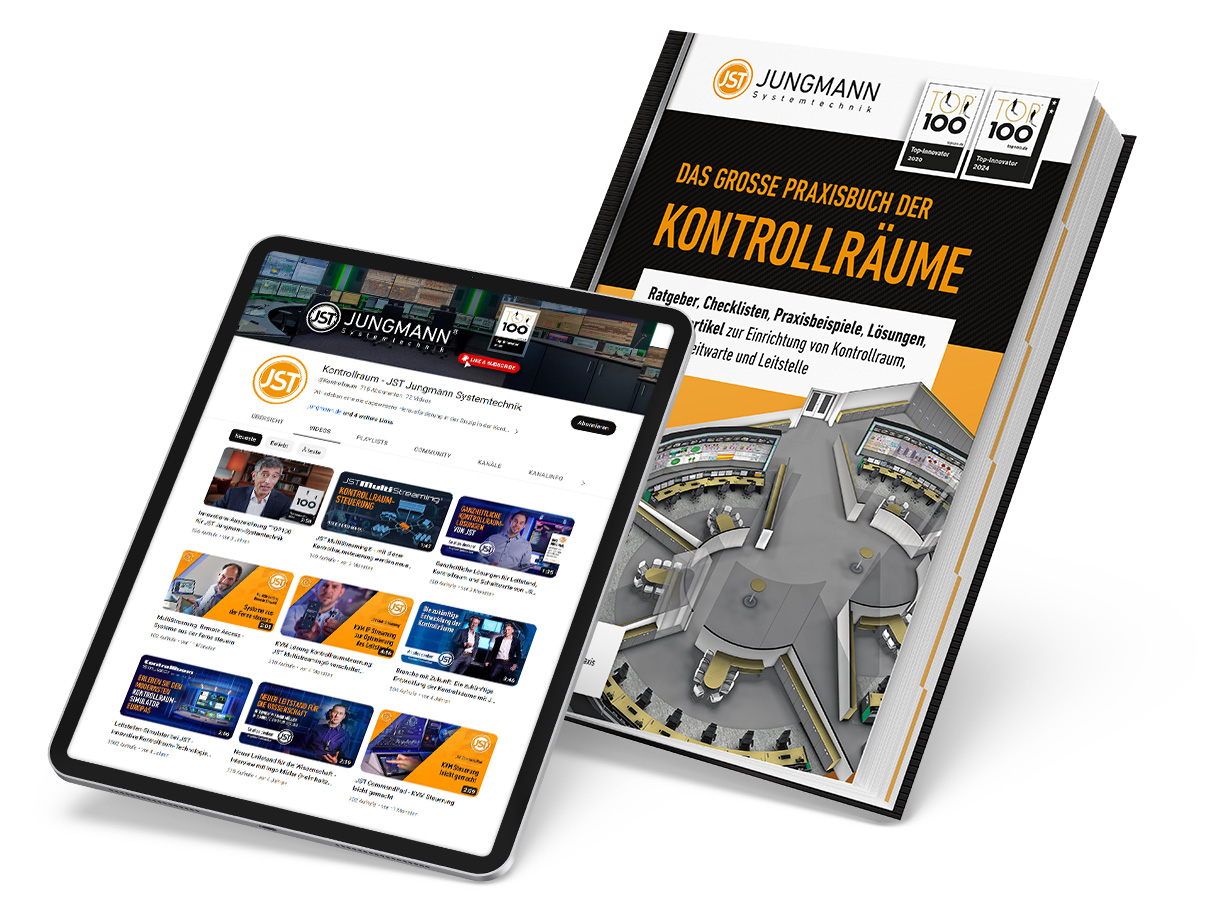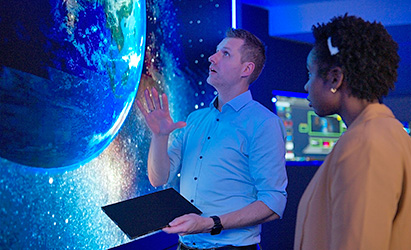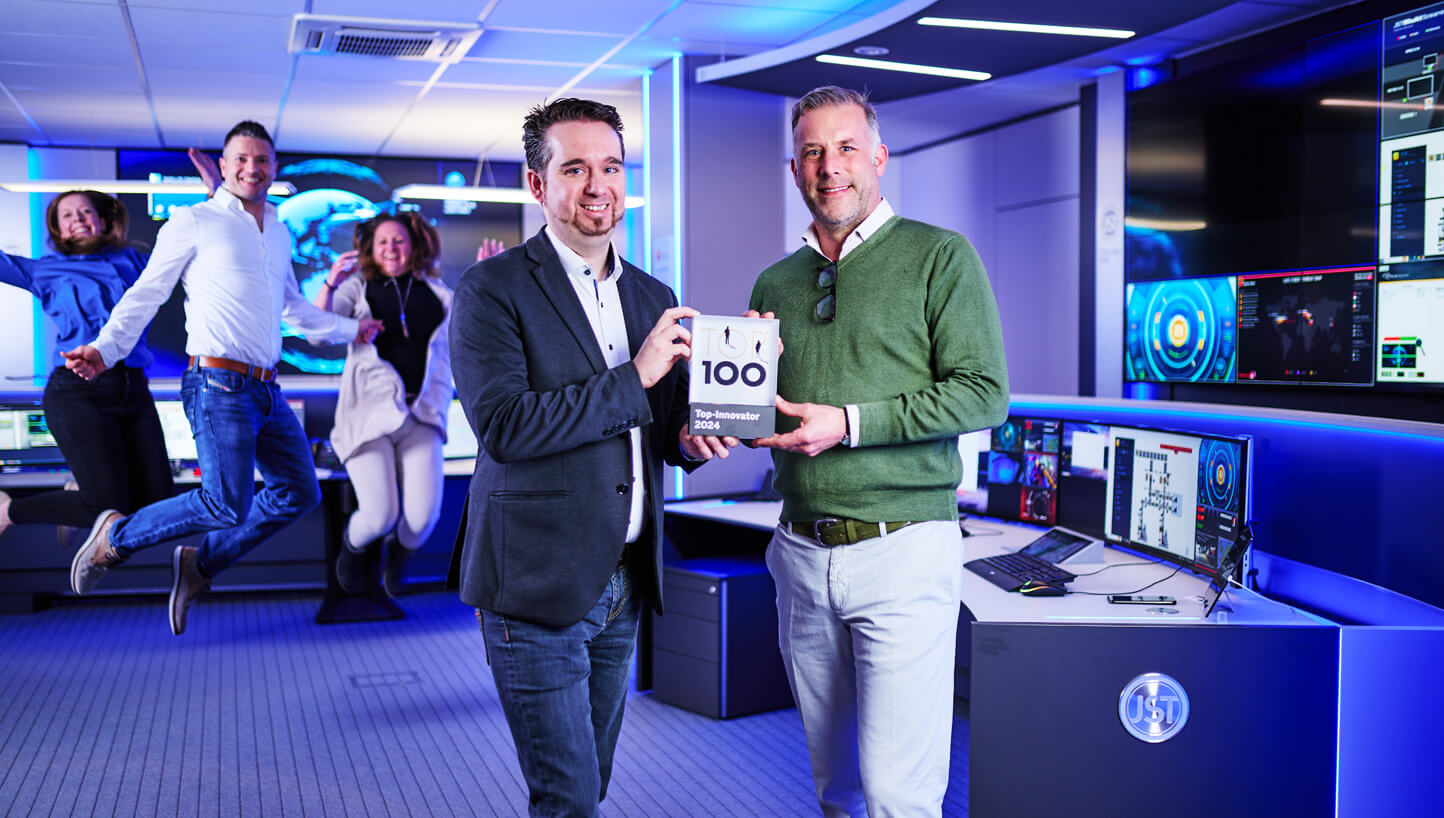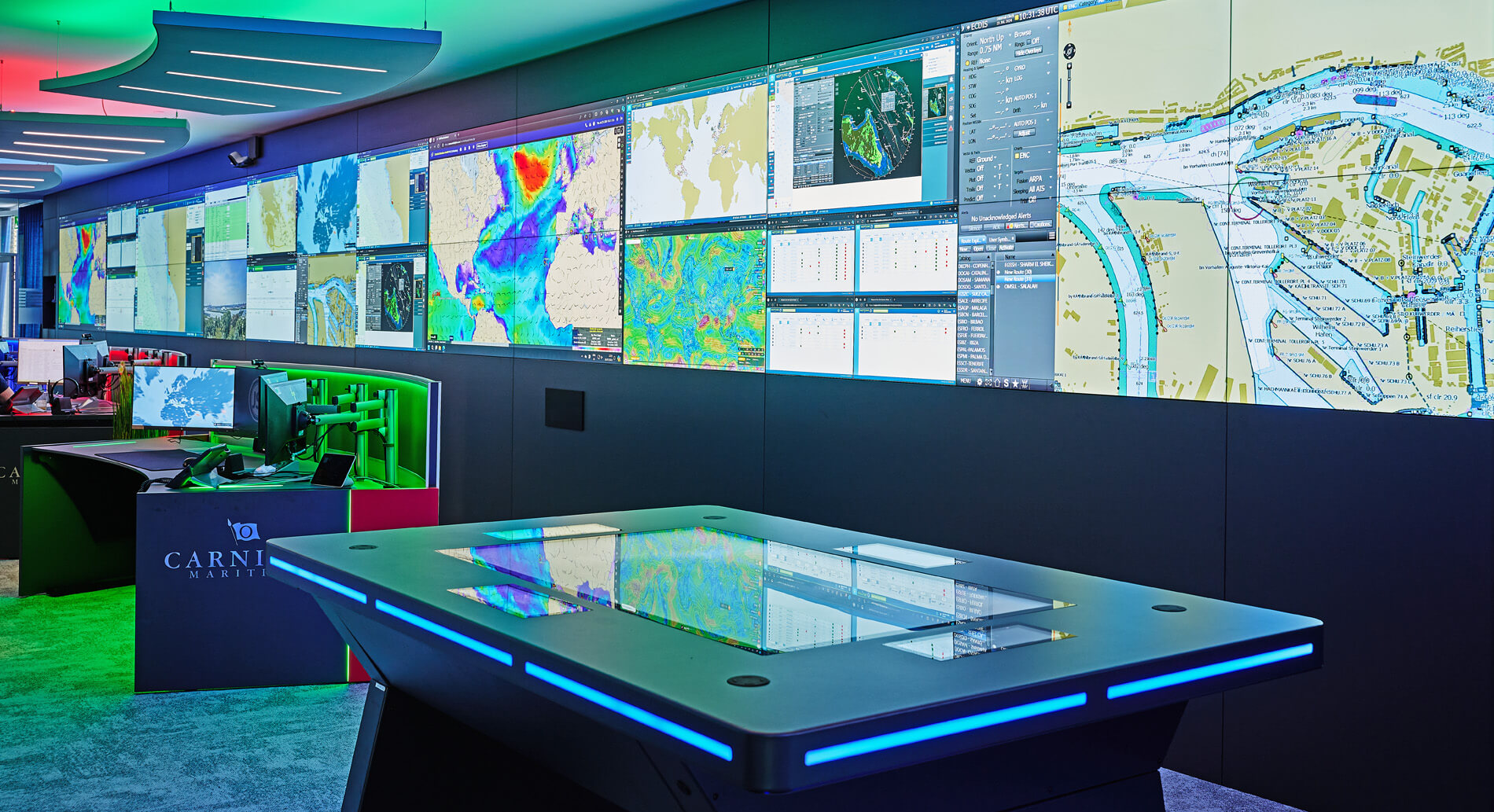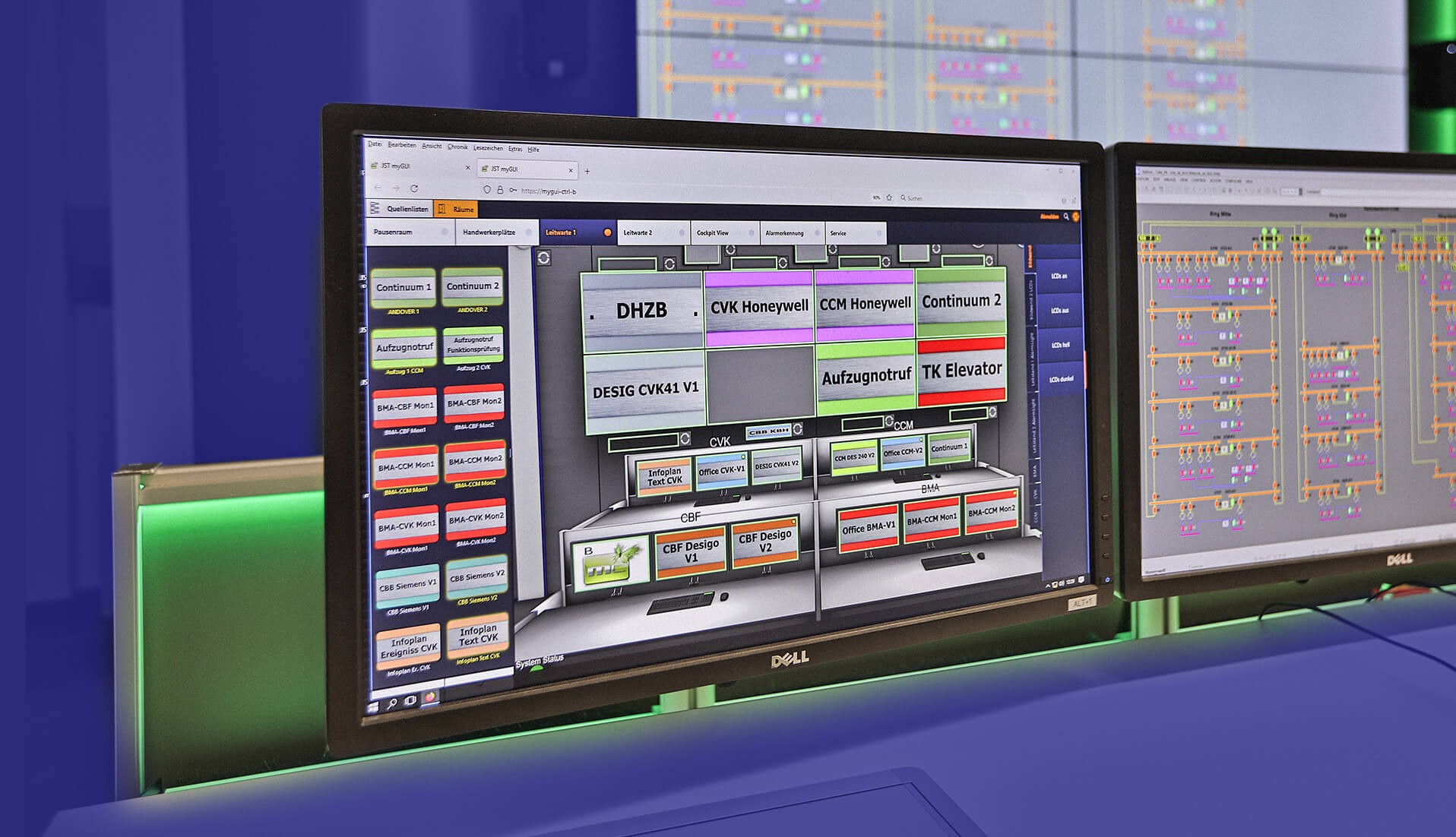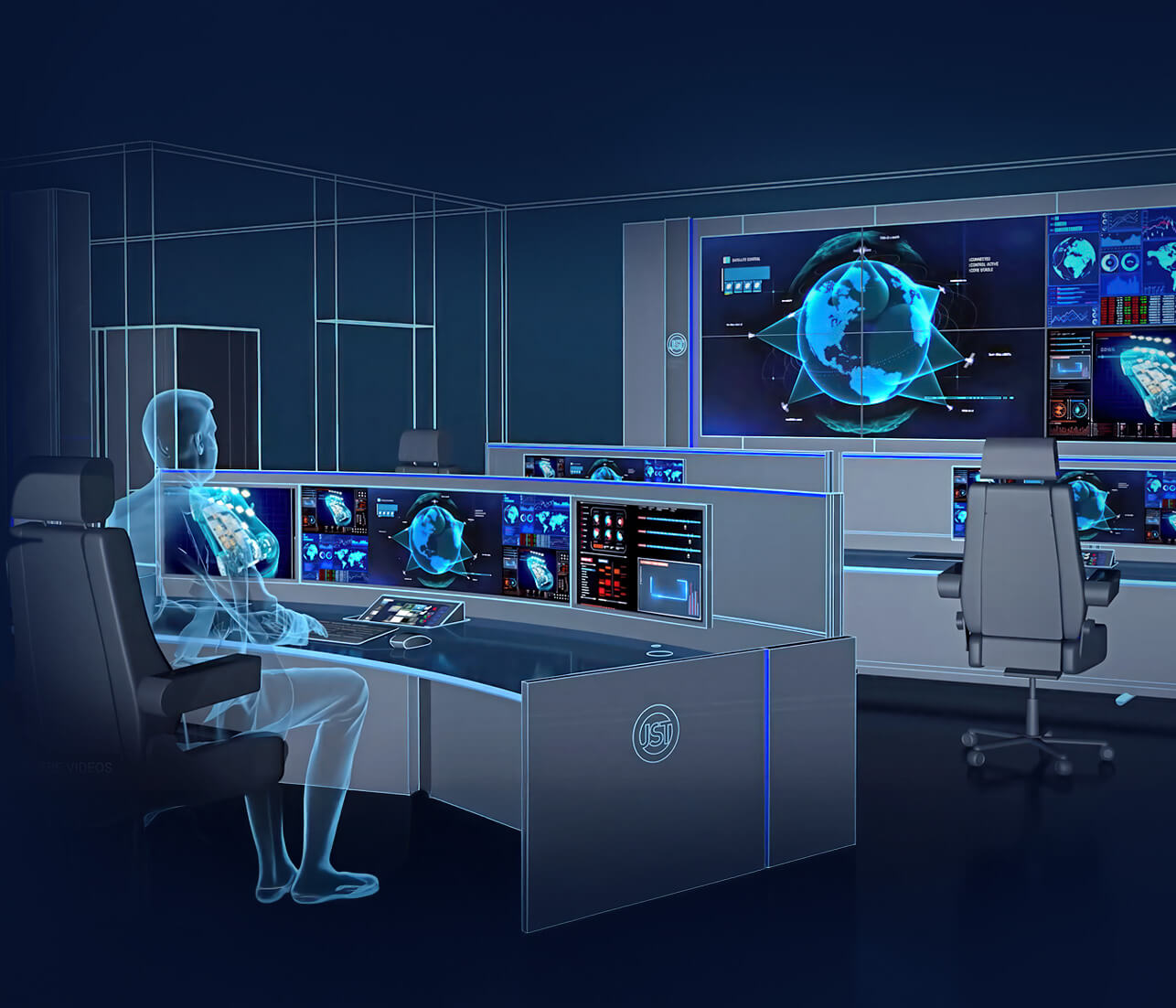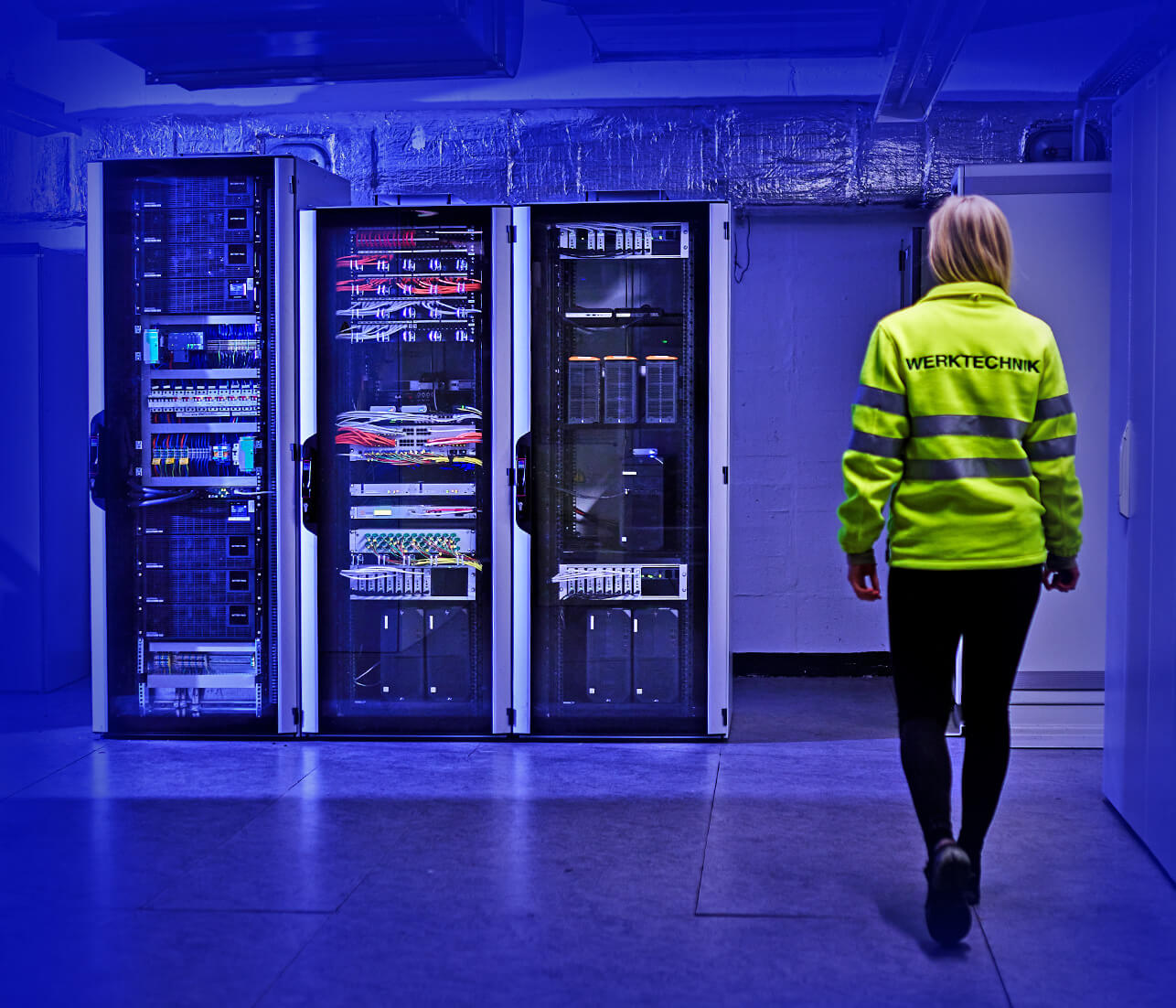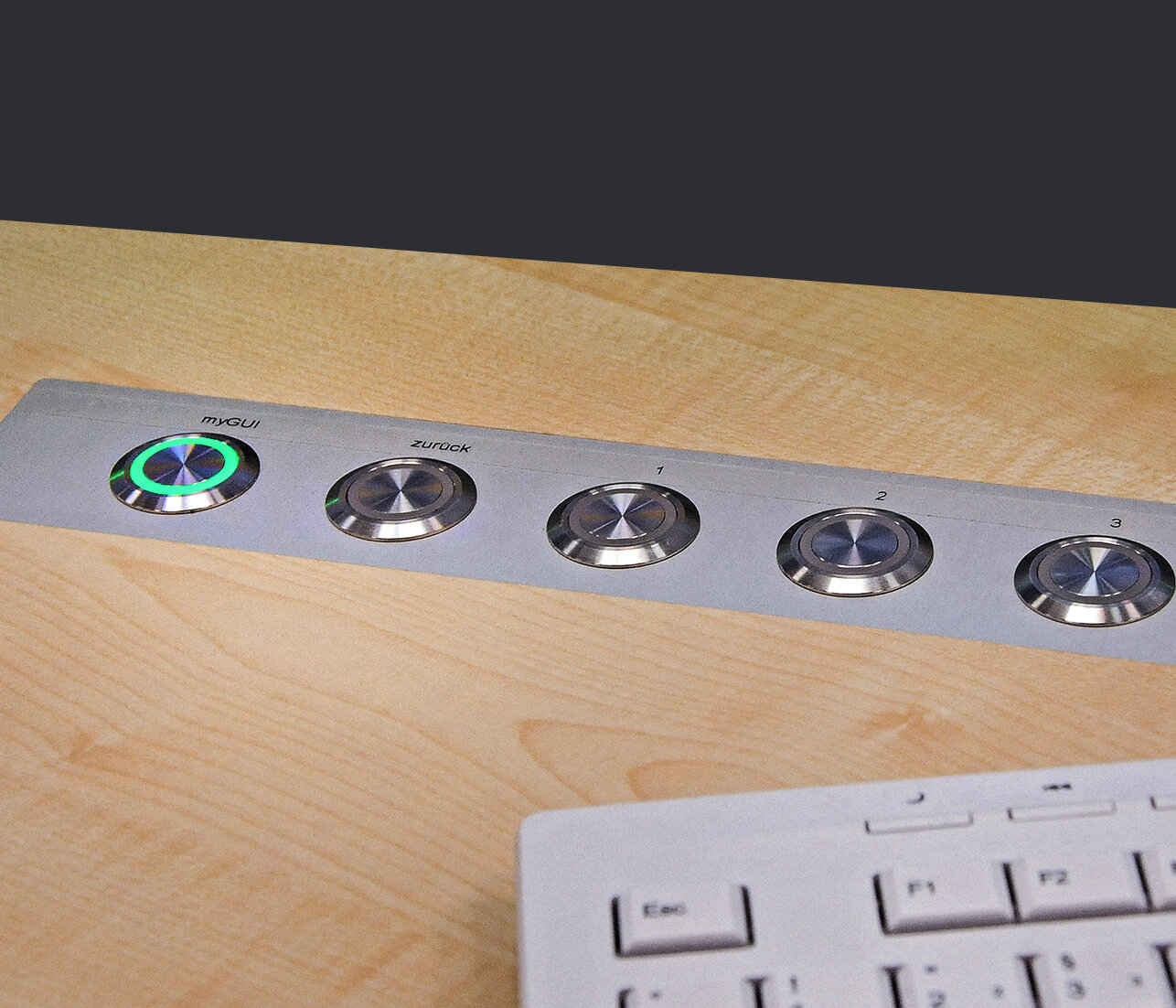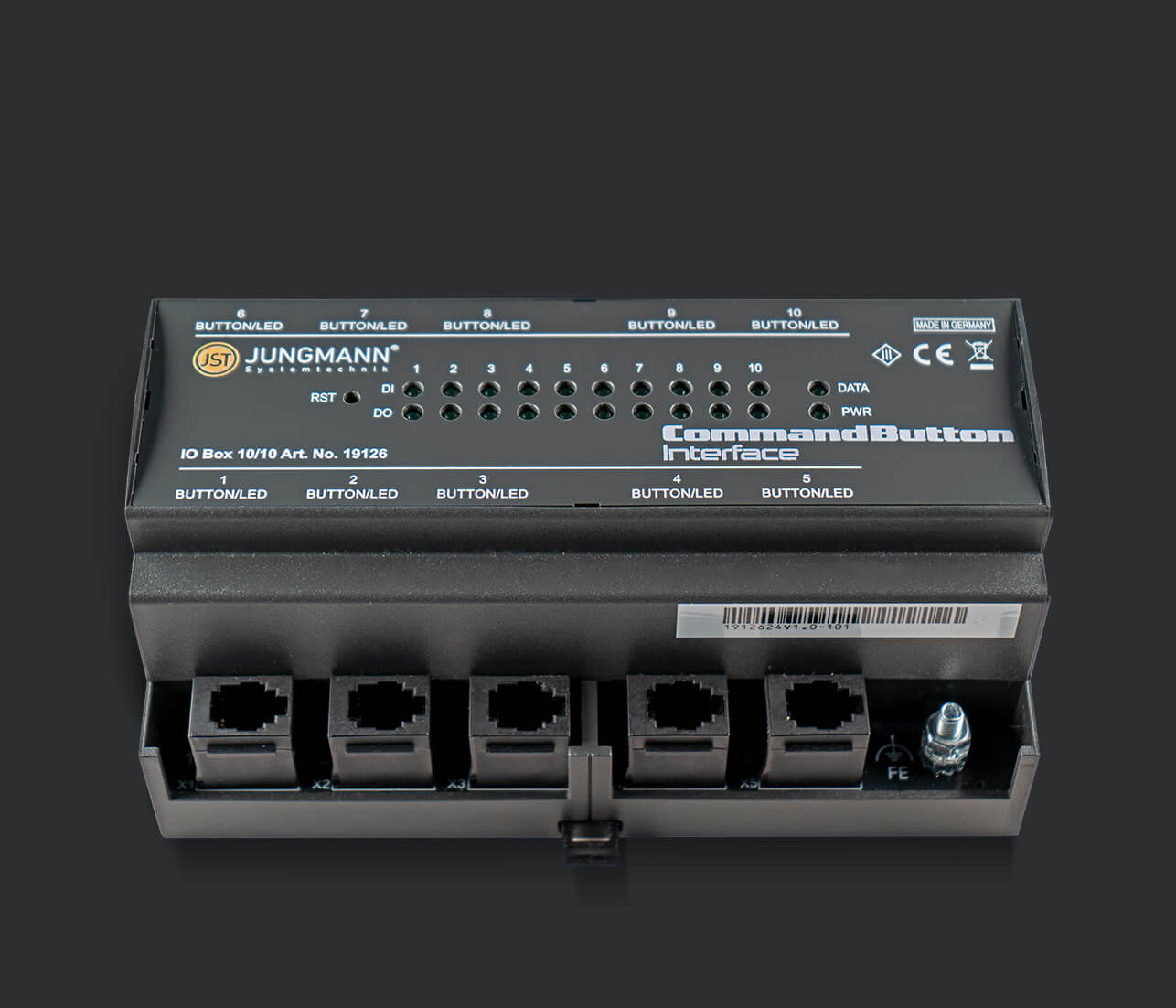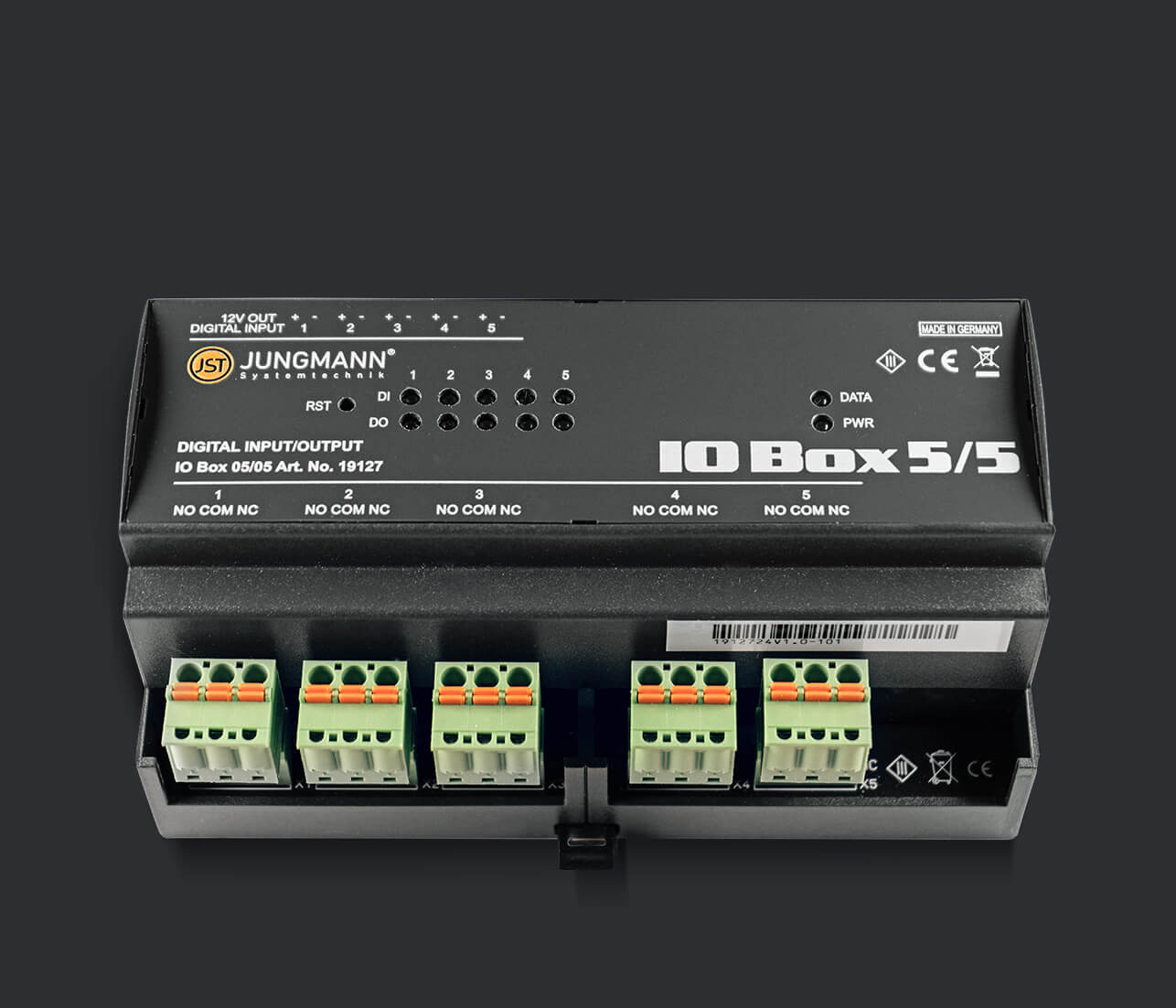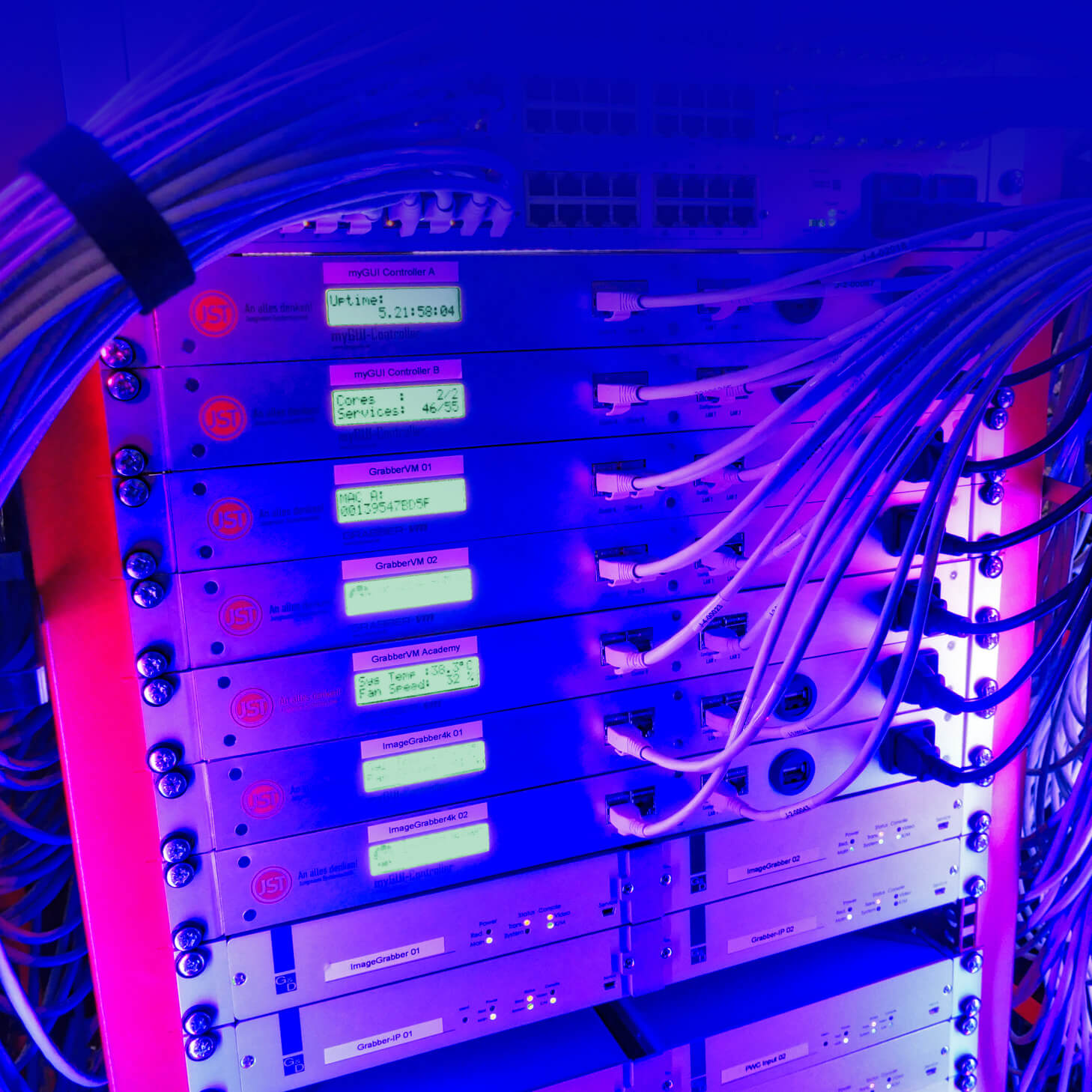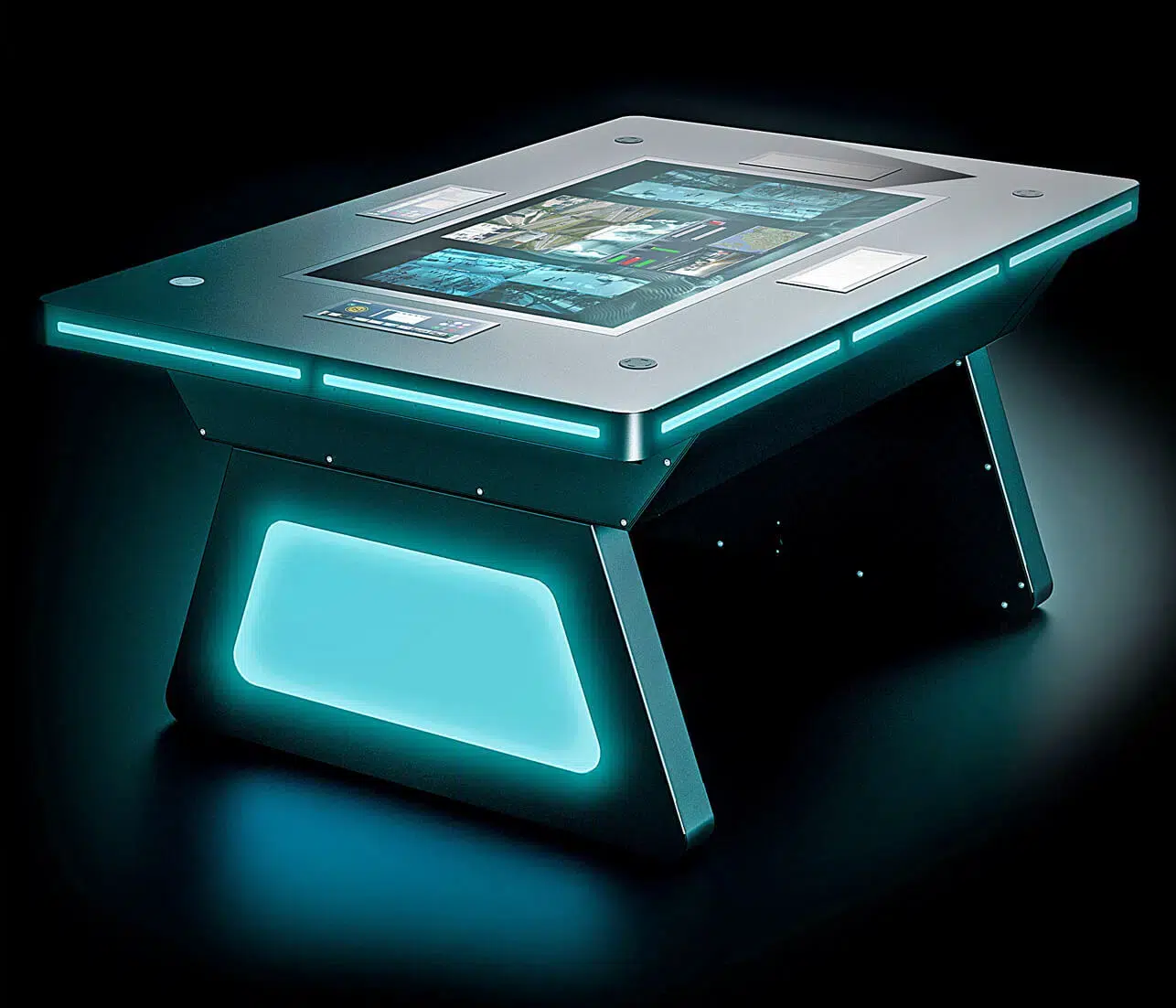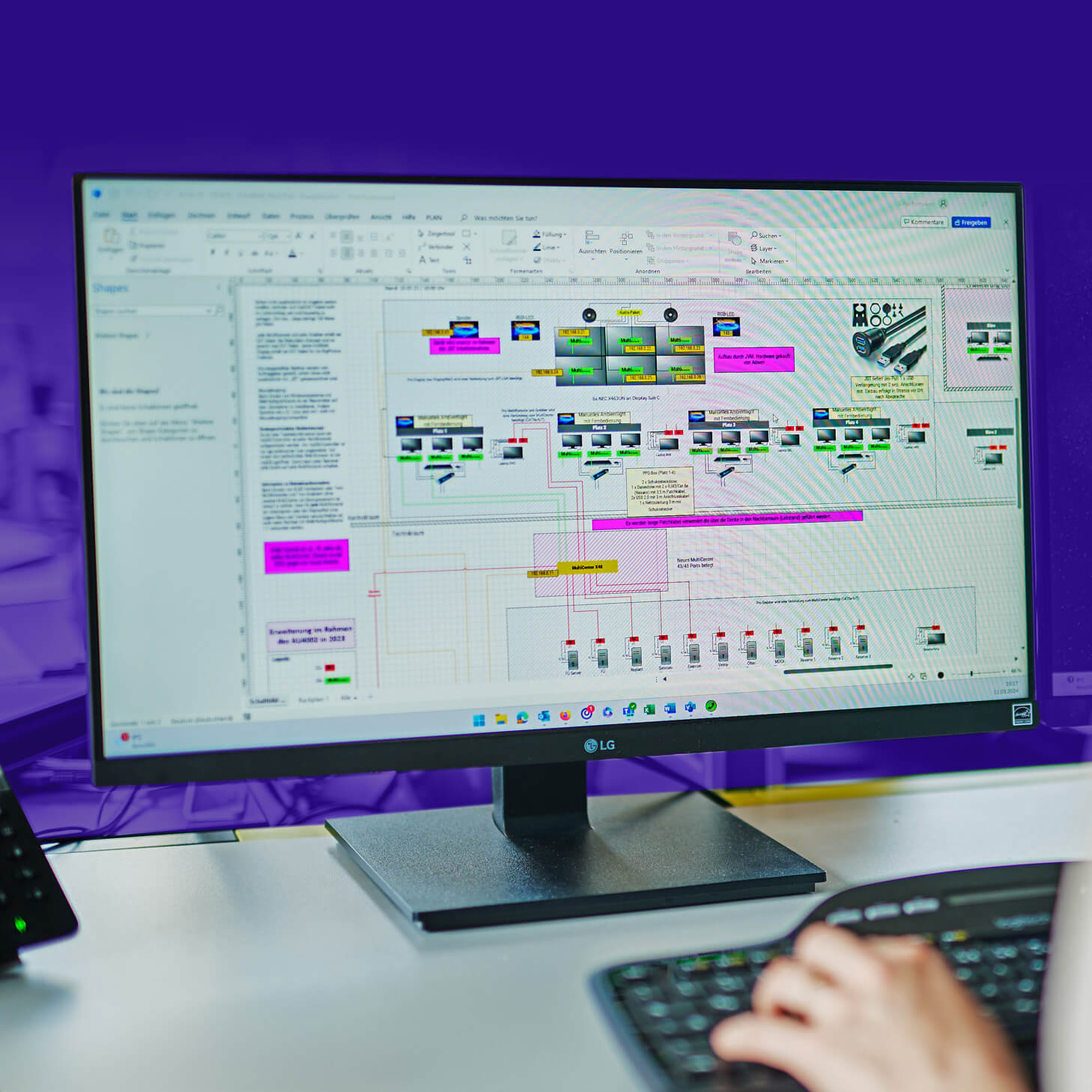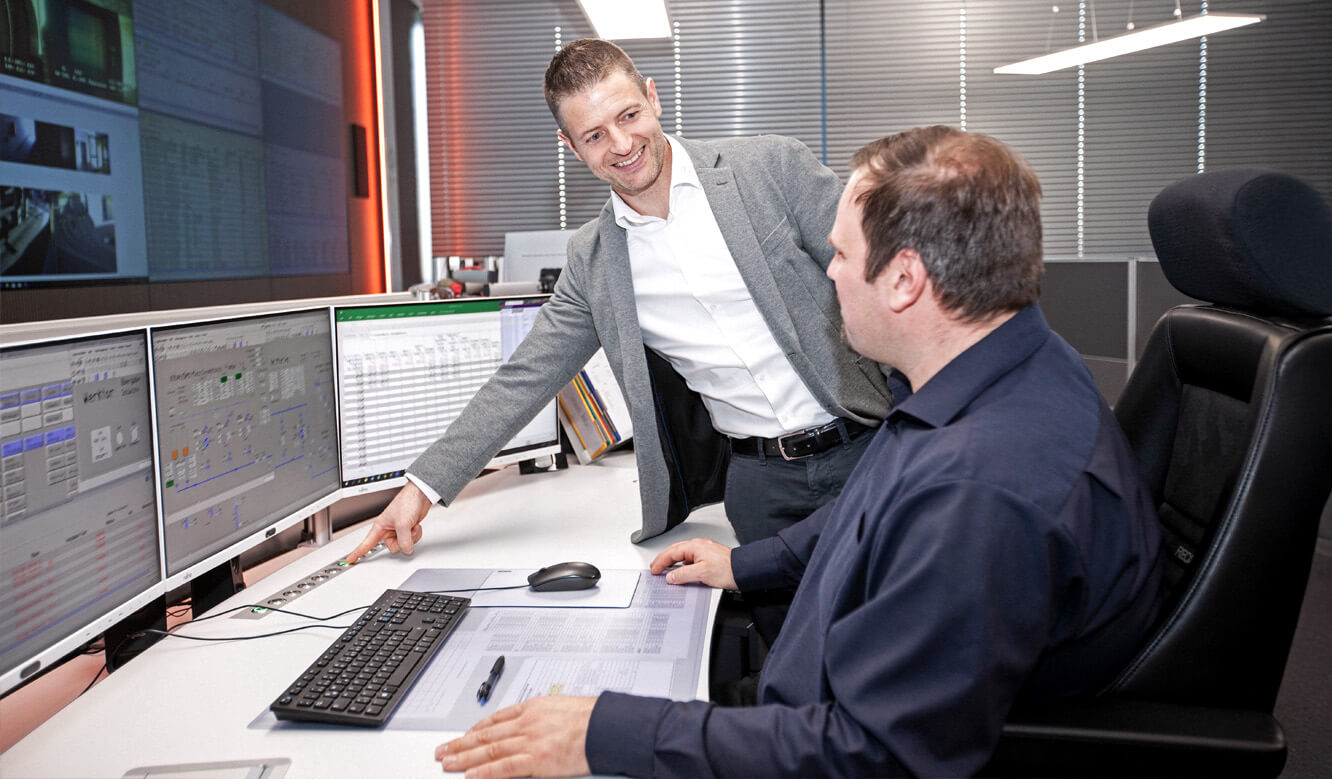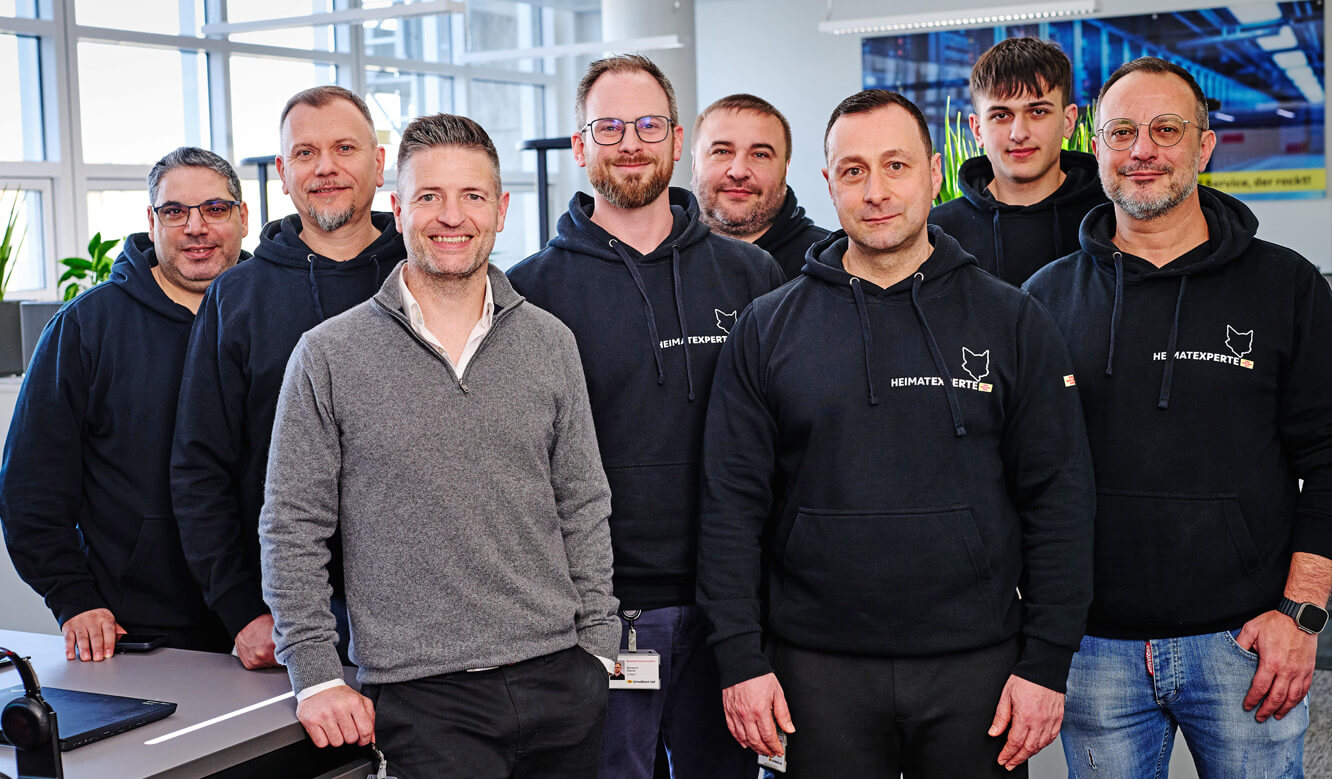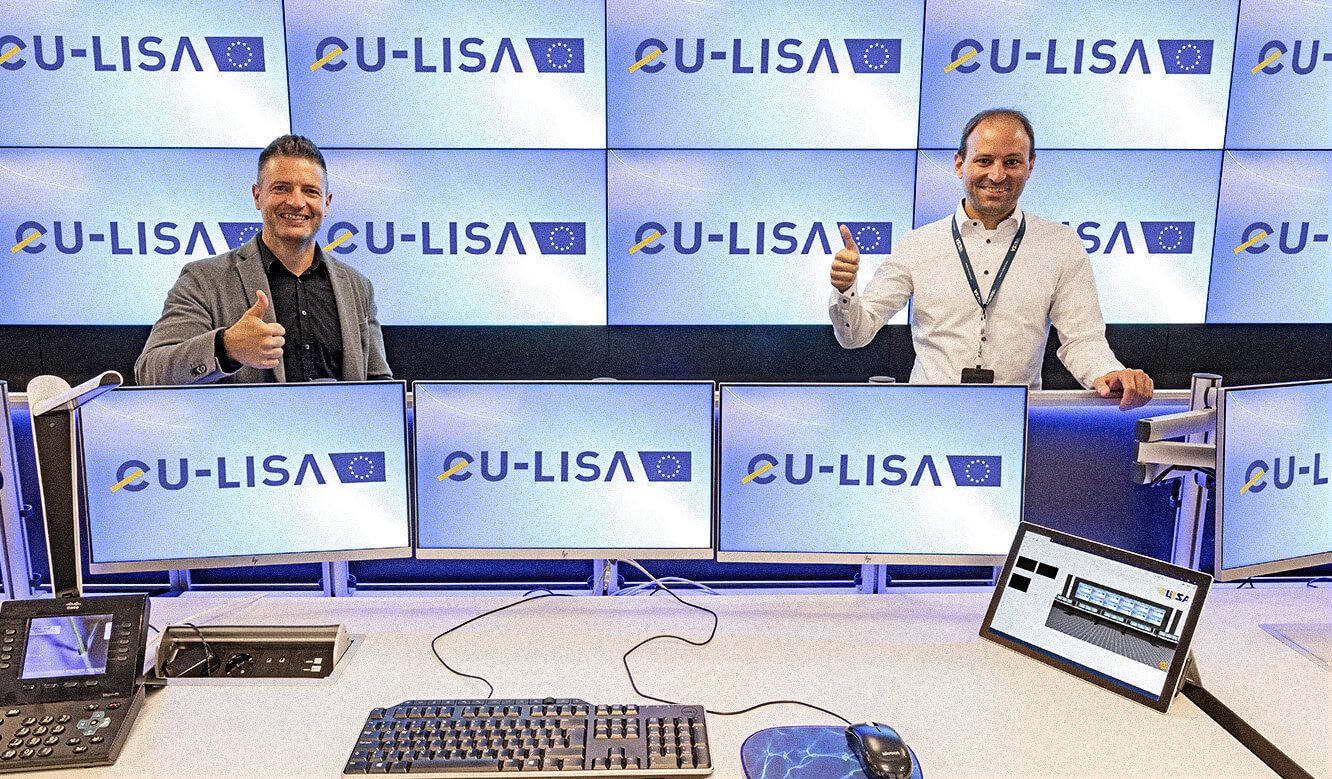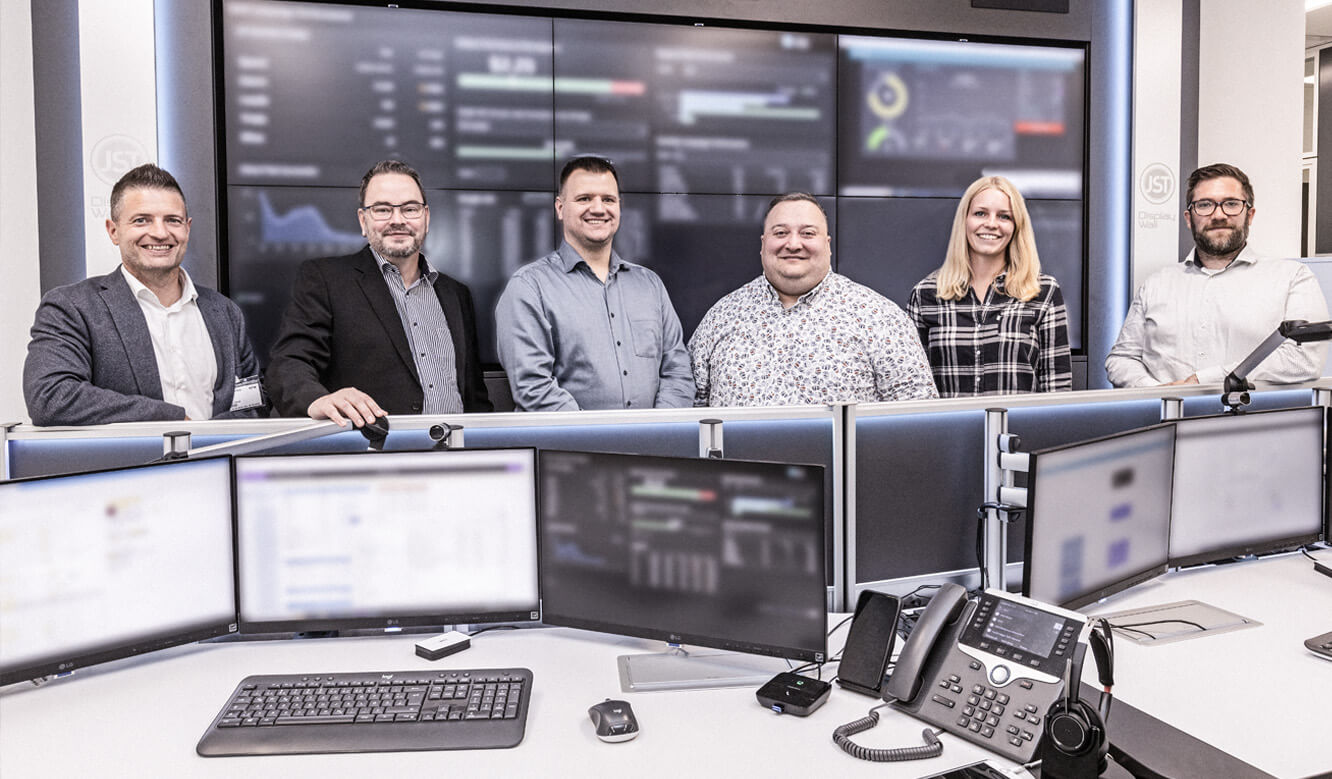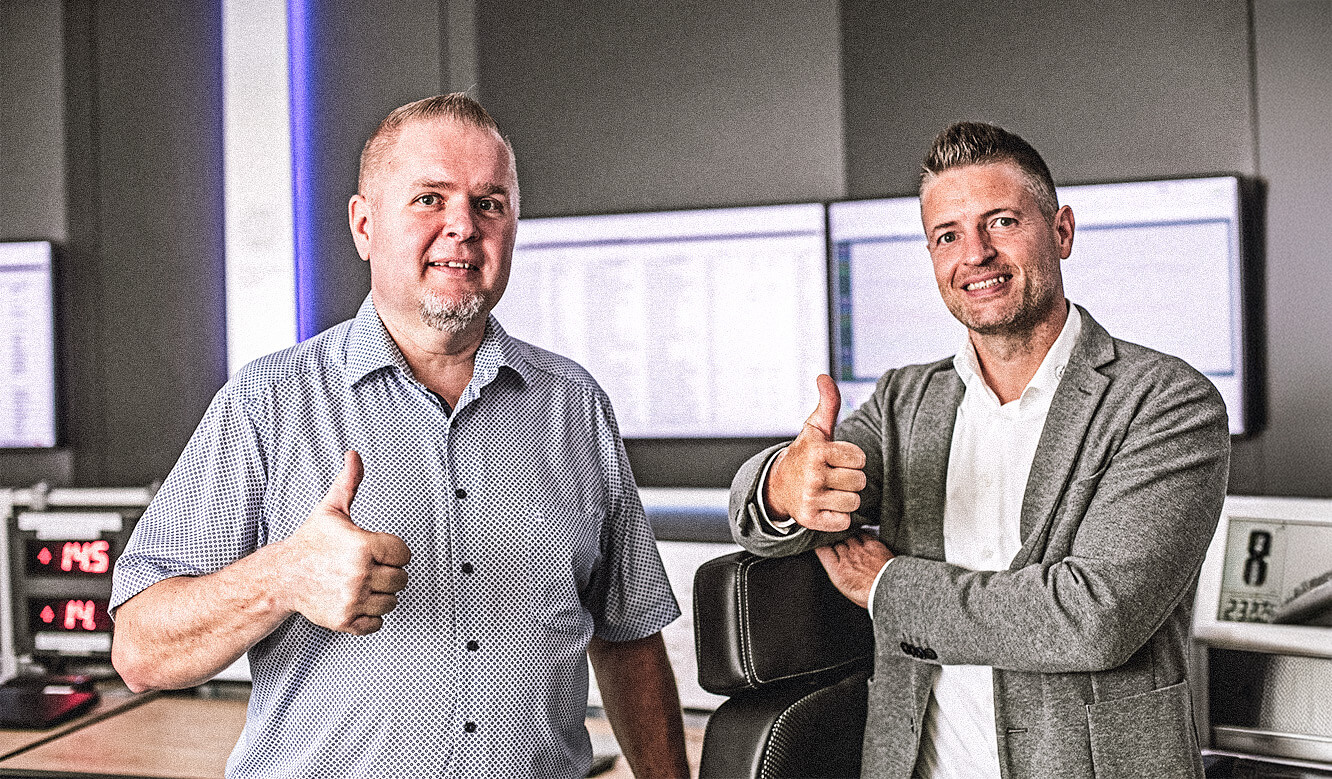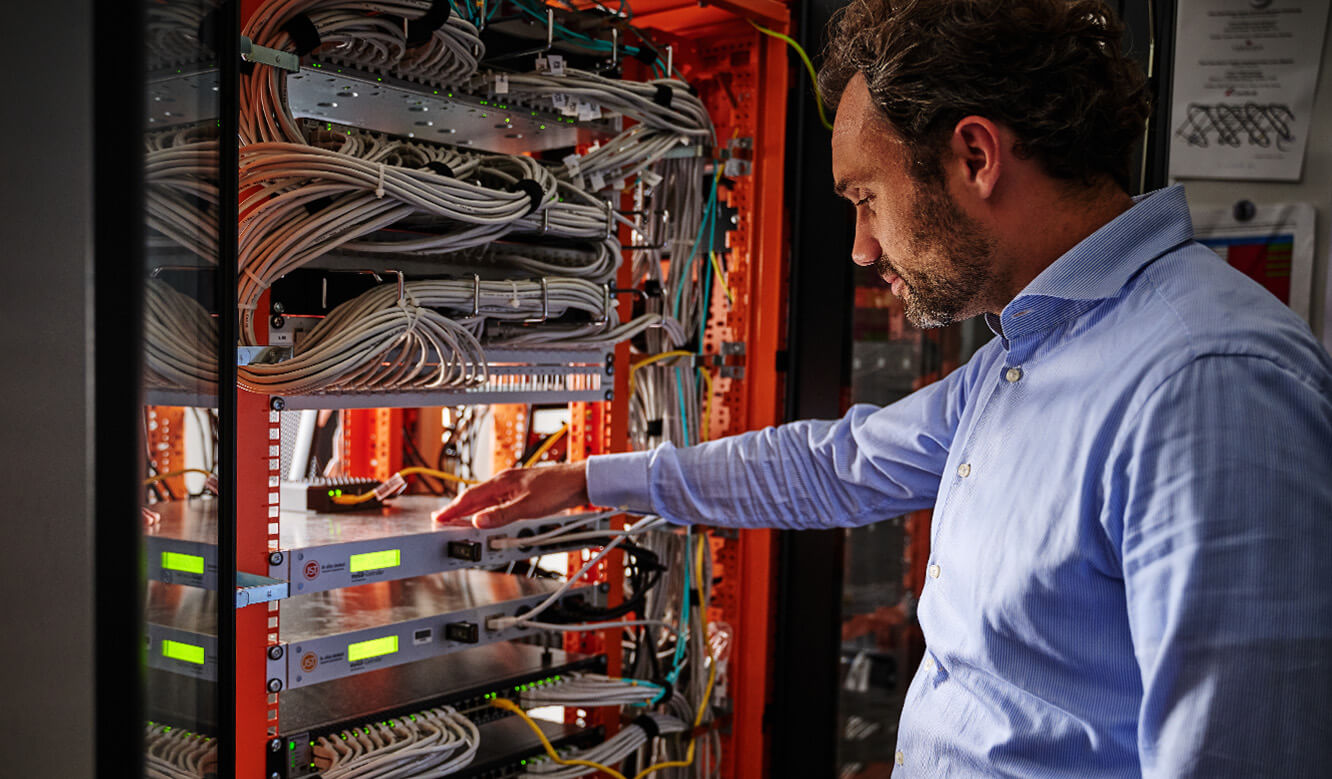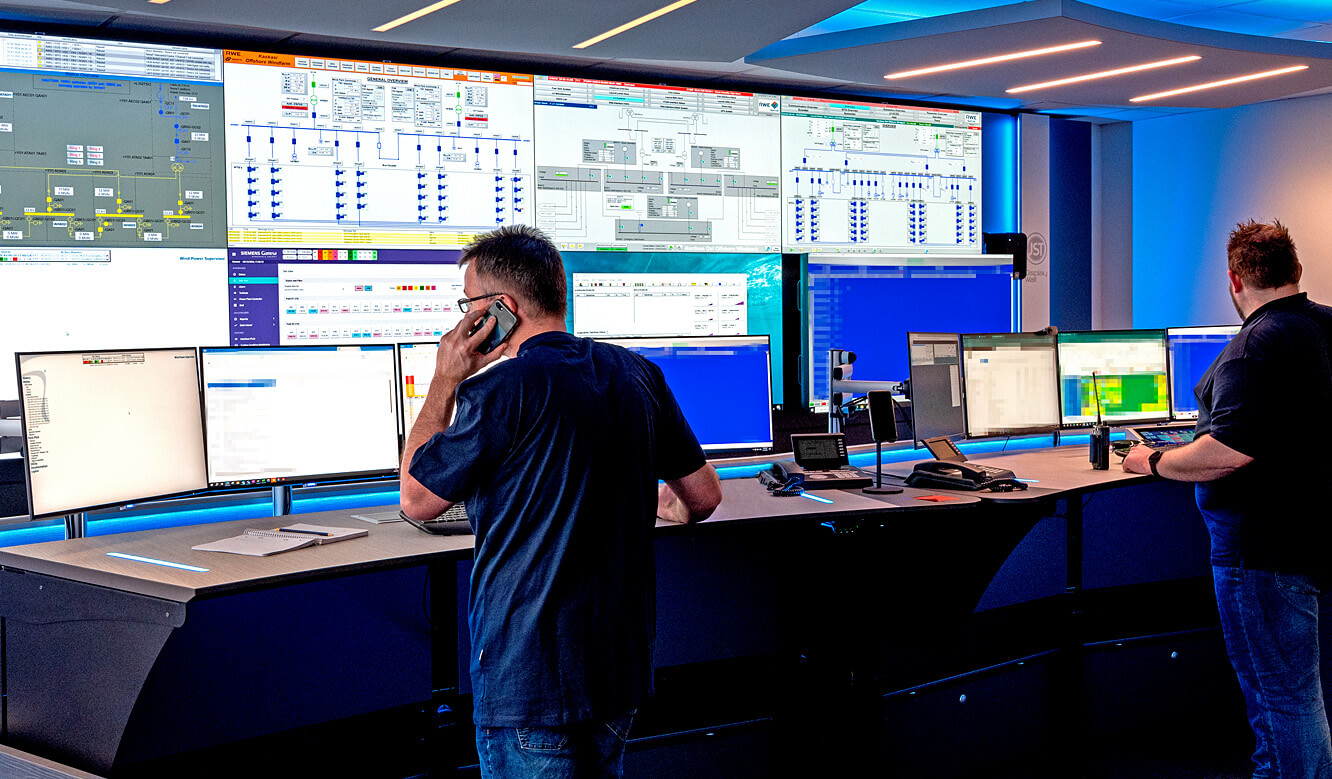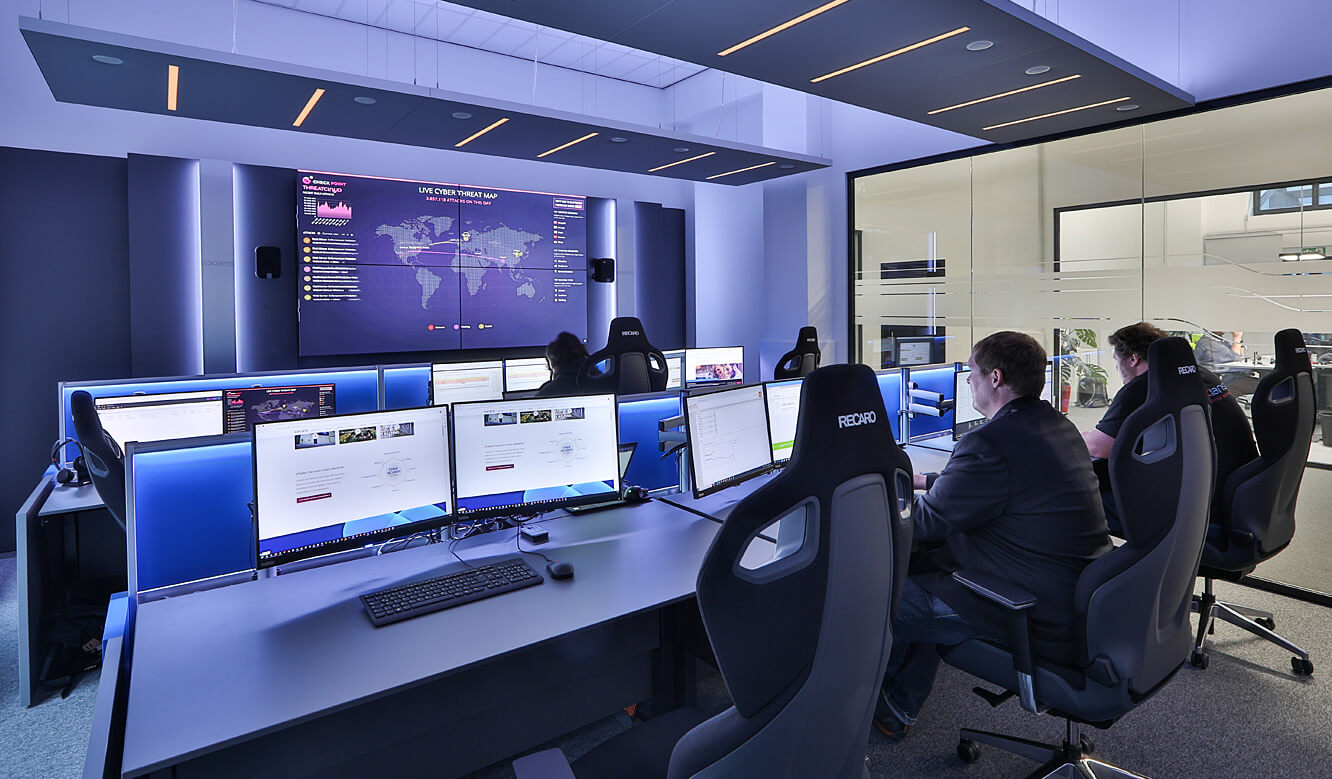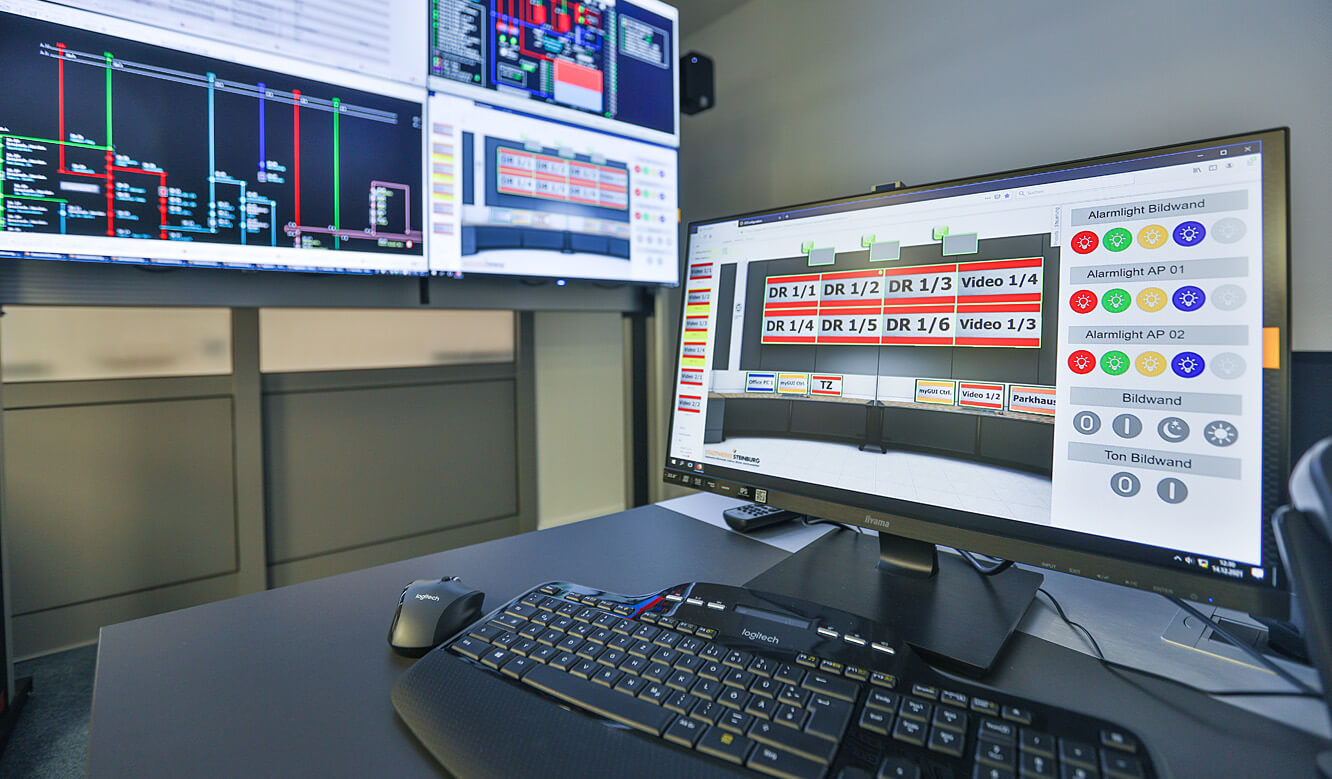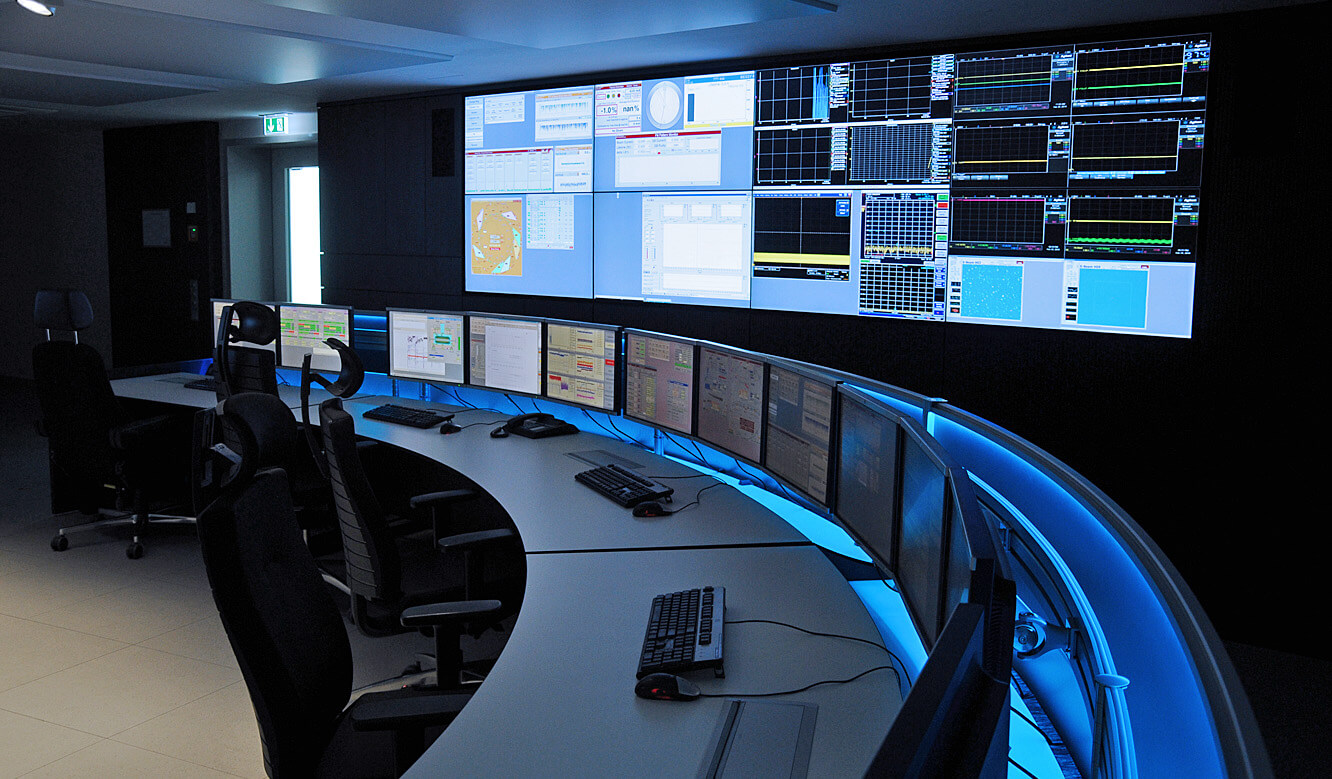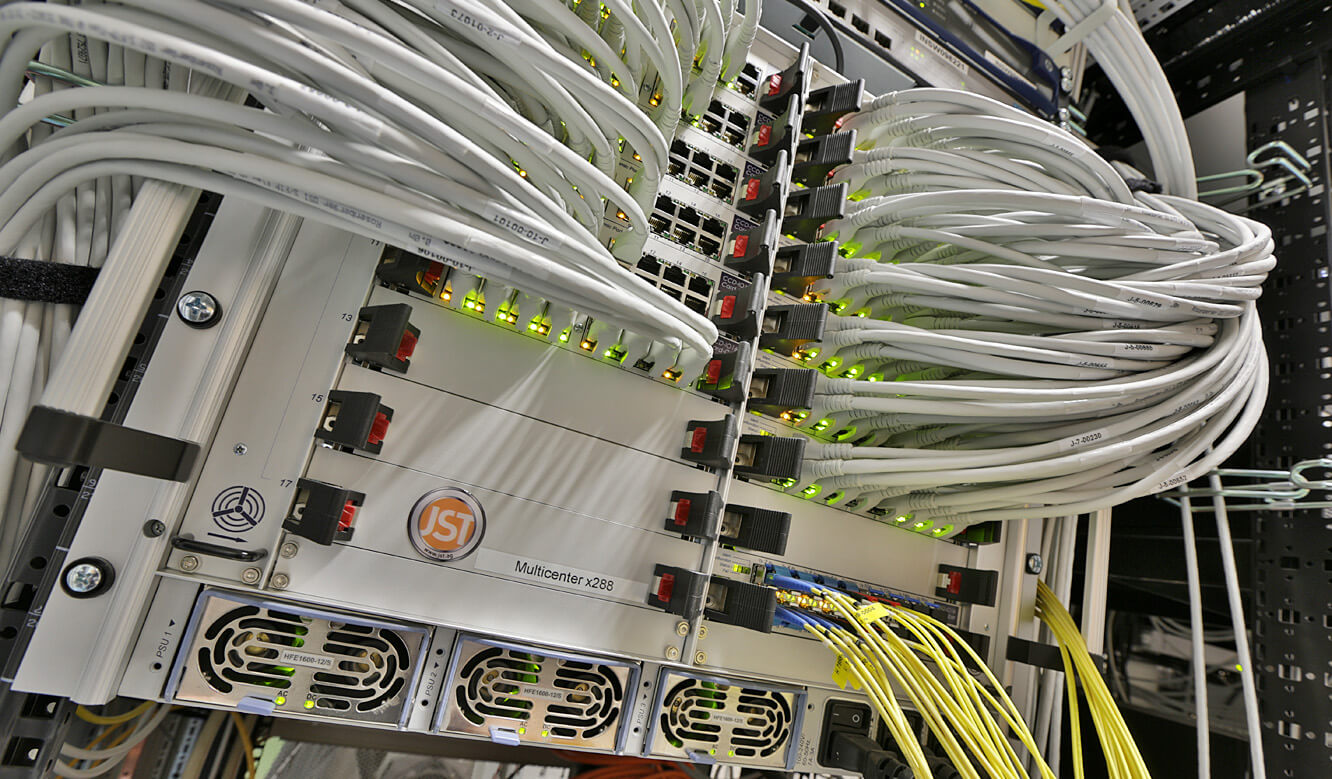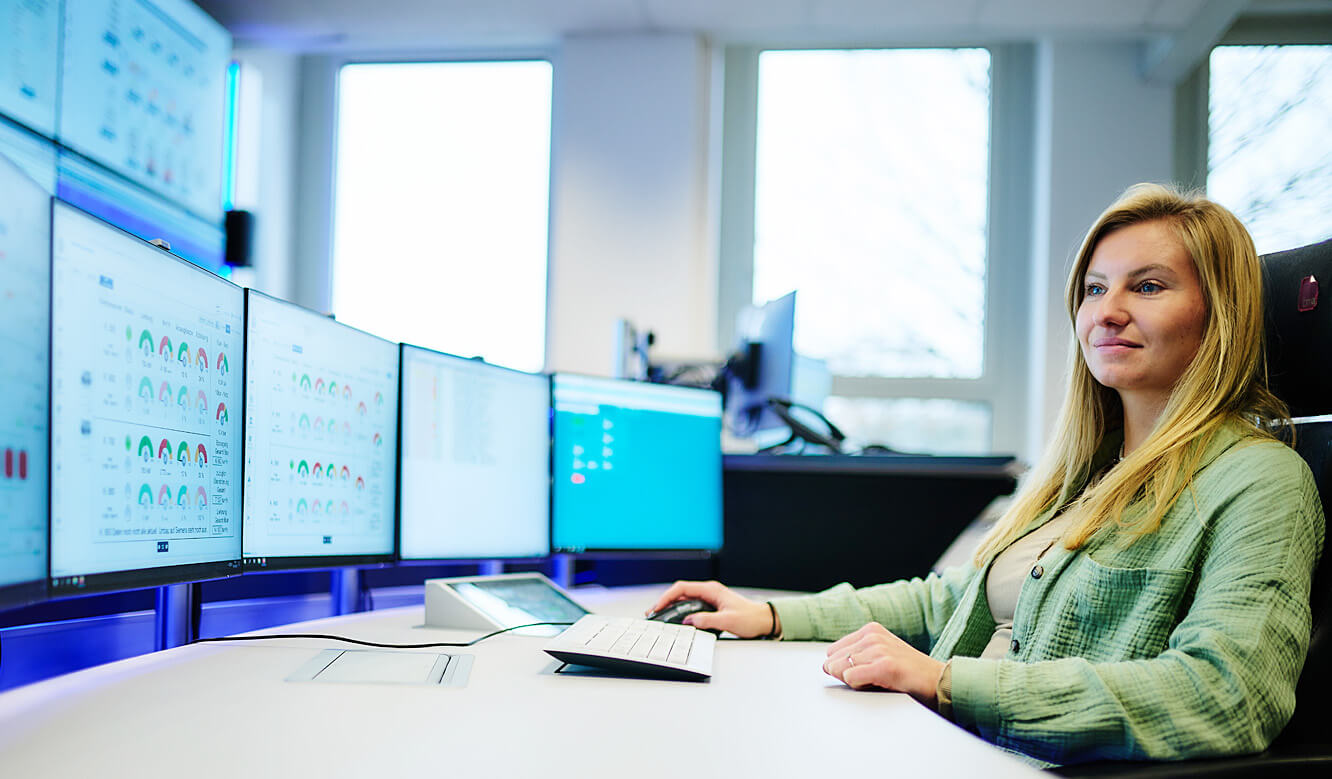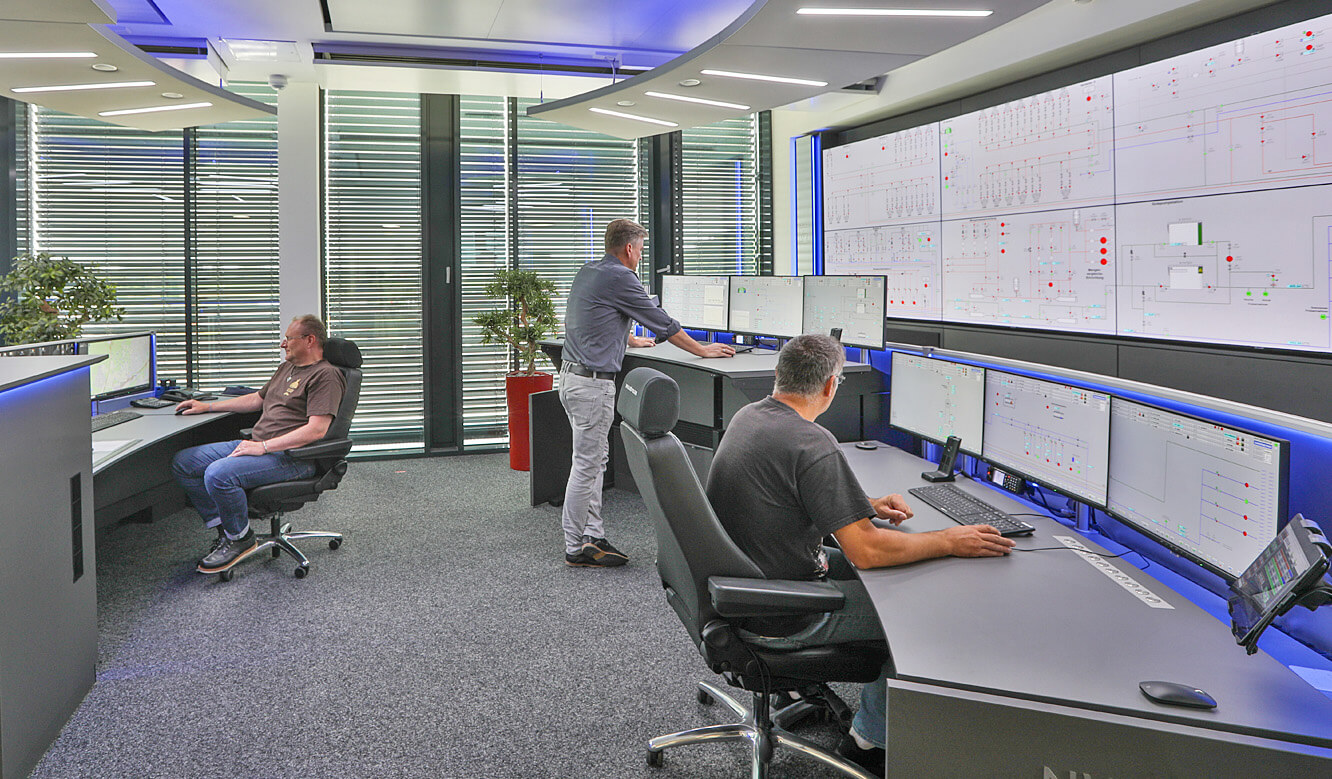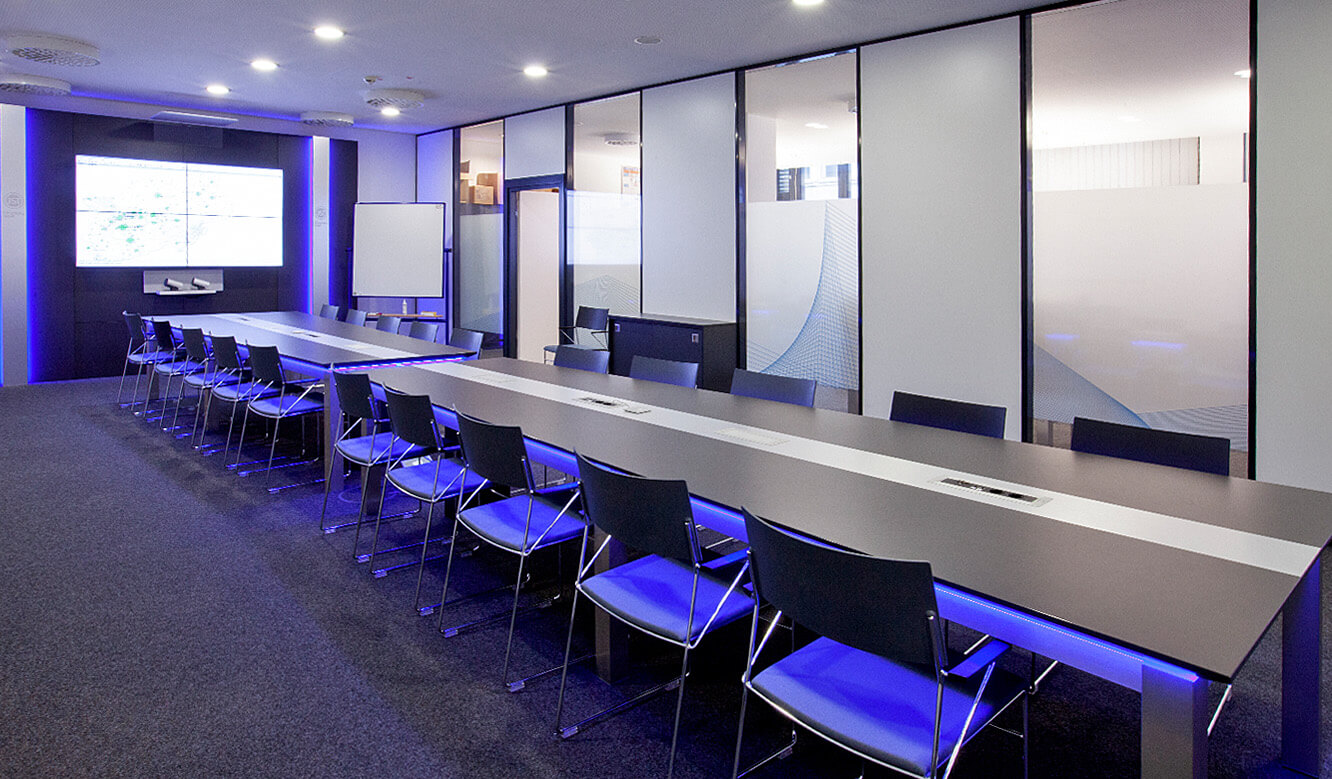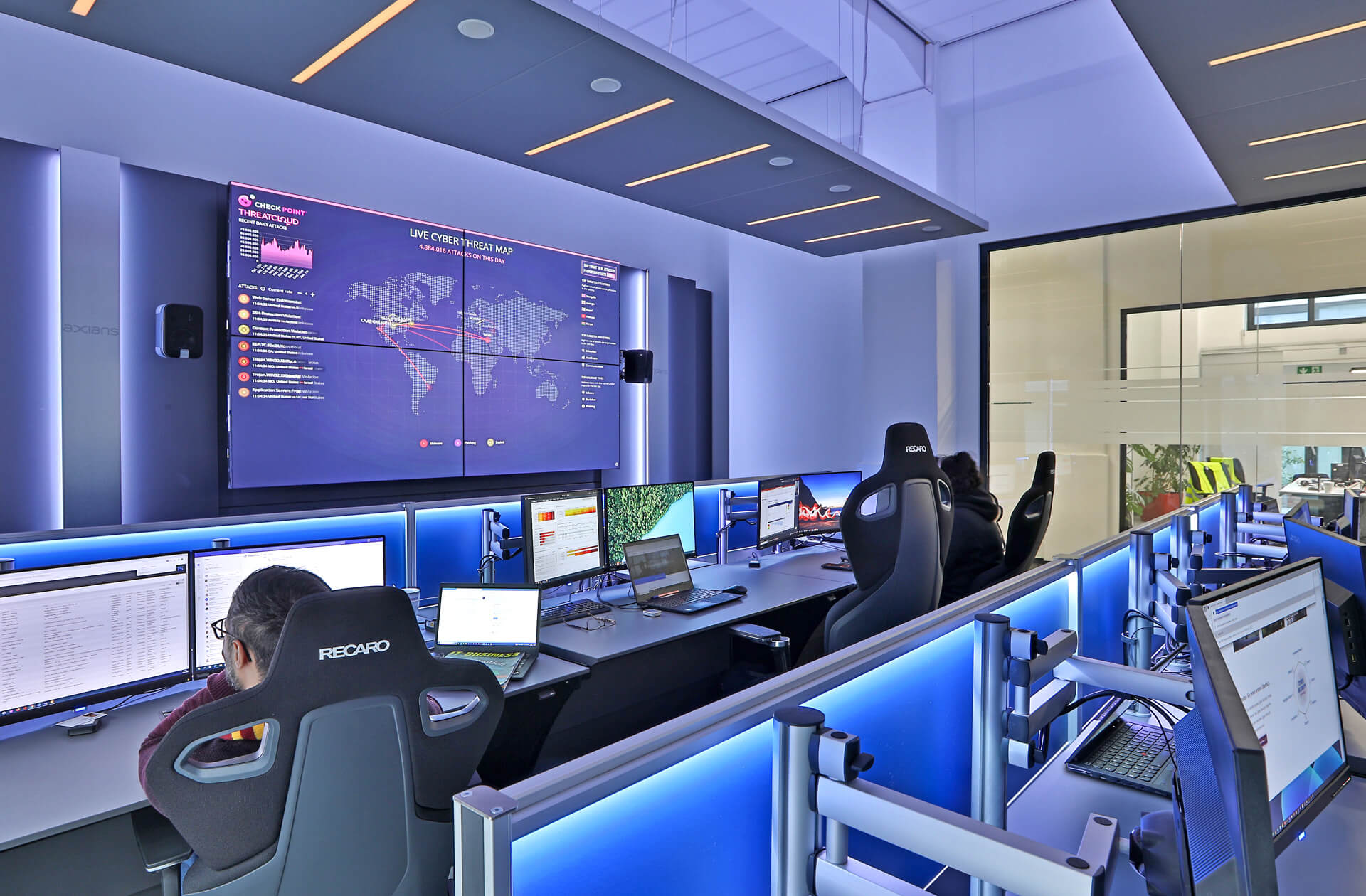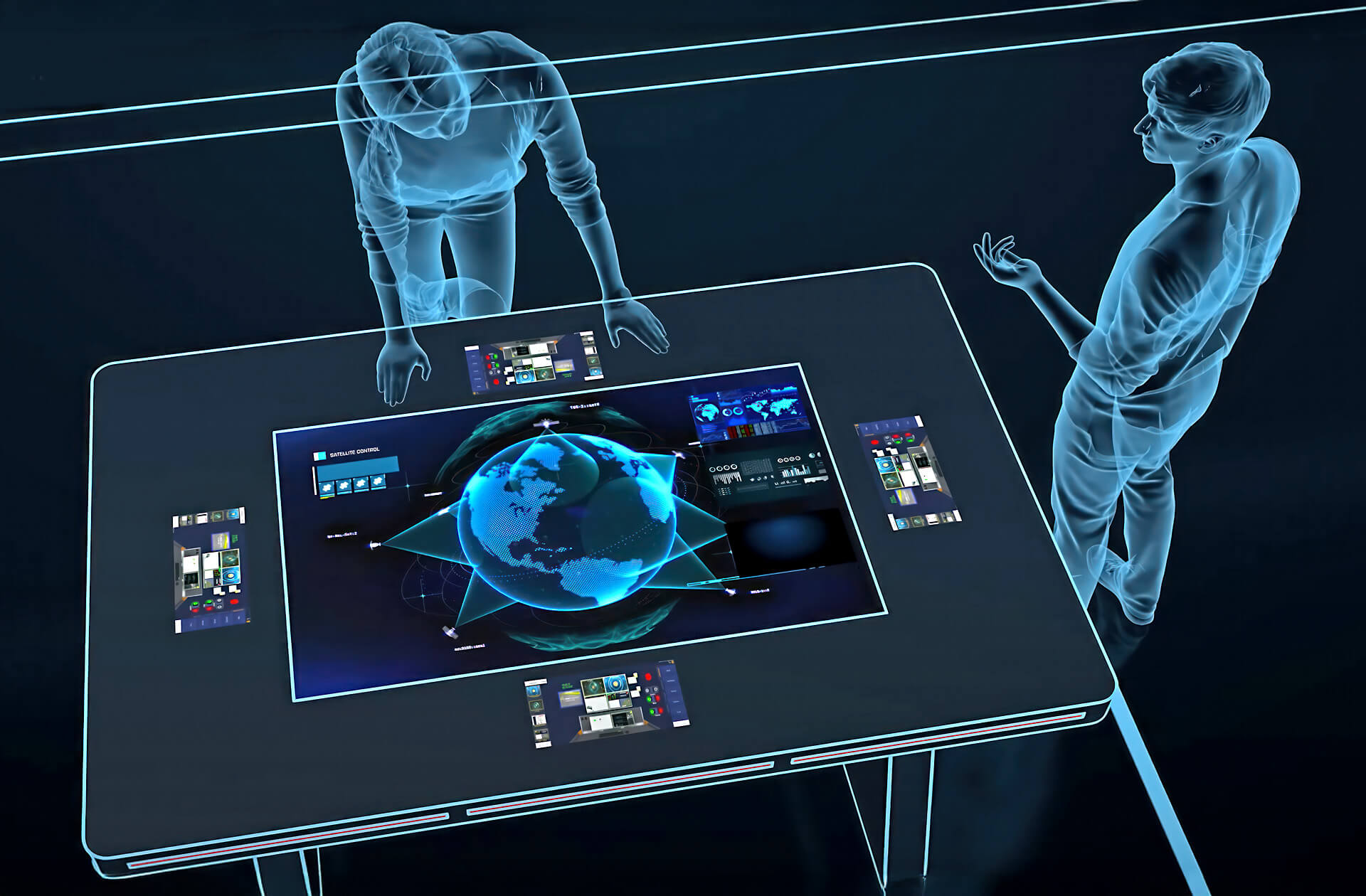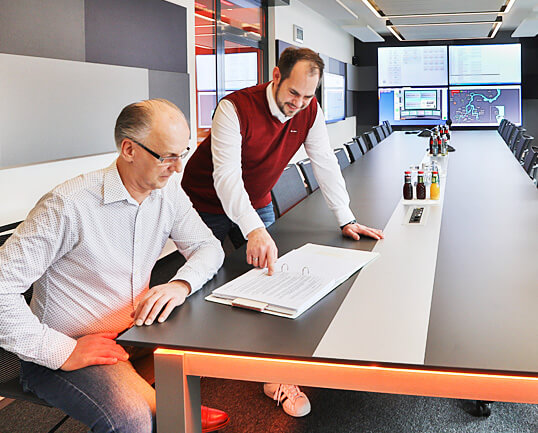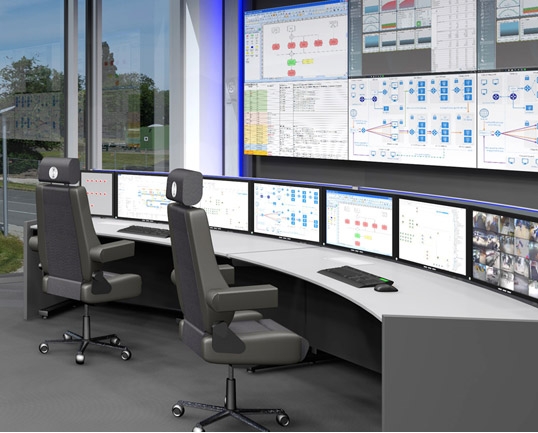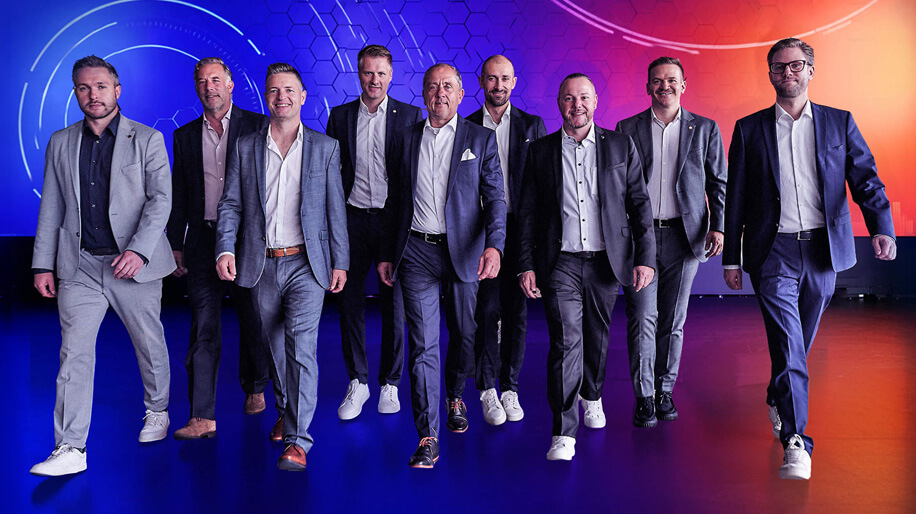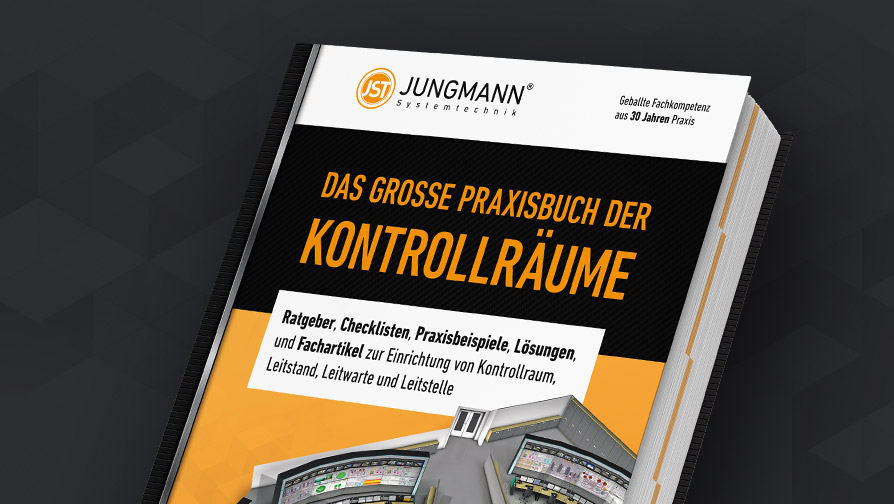In high-availability control rooms, fast, error-free access to distributed IT systems is essential. Ideally, operators use a uniform, clear interface that allows them to switch seamlessly between different systems. Modern KVM (keyboard, video, mouse) control solutions enable exactly that – and also reduce the burden on users by clearly separating the workplace from sensitive technology.
One of the measurable benefits of KVM technology is the relocation of source devices to central technical rooms. This reduces heat and noise generation while increasing the physical security of sensitive data. This also creates space for ergonomic workplace design. Whether via IP-based systems such as JST MultiStreaming® or hardware-based MultiConsoling®, KVM infrastructures offer maximum flexibility in system operation, fast source switching, intuitive visualisation and continuous control room availability – even with growing requirements and complex system landscapes.

From cable chaos to digital surveillance: How smart KVM systems are changing the control room
Flashing monitors, highly concentrated operators and a jungle of data streams – modern control rooms are much more than just functional technical rooms. They are the pulsating core of data centers, energy suppliers and operations control stations. This is where everything comes together: information from a wide variety of sources is displayed in real time, prioritized and made controllable. How can this balancing act between technology, humans and processes be achieved? How can you maintain an overview, ensure reliability and at the same time make the team’s work efficient? Modern KVM systems provides the solution.

Control room expert Oliver Bender reveals what really matters in state-of-the-art control center management.
OLIVER BENDER:
„The future of KVM technology means, above all, more intelligence in control systems. Units that independently recognise situations, set priorities and provide the operator with the right information at the right time – that is the next step. Our goal is not to burden the people in the control room with technology, but to relieve them with smart KVM solutions.”
We spoke to Oliver Bender, specialist in modern control station technology and system control at JST – Jungmann Systemtechnik®, about the most important functions, challenges and potential of modern KVM solutions. He explains why the workplace of the future has already become a reality.
What exactly is a KVM system for controlling monitoring centers and control rooms?
Oliver Bender: KVM means keyboard, video, mouse. This tech lets you centrally control multiple IT sources from just one user interface. With a KVM system, you only need one mouse and keyboard in modern control rooms and command centers to operate a wide range of servers, applications, or video sources. There is no need to change workstations. This reduces complexity, saves space and creates a tidy control room environment. This form of centralised system control is essential, particularly in 24/7 monitoring centers and in security-critical areas.
What specific advantages does the use of KVM technology offer in control rooms and operations centers?
Oliver Bender: Modern KVM systems create an ergonomically optimised working environment with a clear visual structure. They reduce the amount of hardware at the operator’s workstation. No more tower PCs under the desk! KVM technologies also reduce noise and heat loads and increase concentration. A particularly advantageous feature is the lightning-fast access to distributed systems, such as video walls or applications, at the push of a button, touchscreen or icon. In addition, the IT infrastructure is physically better secured by outsourcing the computers to technical rooms.
Is KVM technology also suitable for security-related control rooms in the sector of critical infrastructure?
Oliver Bender: Absolutely! Especially for use in critical infrastructures (CI), such as energy supply centers, traffic control systems or public safety command centers, we rely on highly available, fail-safe KVM solutions with redundancy concepts and 24/7 functional reliability. The systems are designed to meet the highest security standards, guarantee short switchover times and can be combined with access restrictions and logging mechanisms. This enables tamper-proof operation in security-relevant areas.
How is a KVM system integrated into existing control room infrastructures?
Oliver Bender: KVM technology is manufacturer-independent and can be easily integrated into existing network architectures – whether IP-based, as with JST MultiStreaming®, or hardware-based, as with JST MultiConsoling®. Control is particularly intuitive thanks to our myGUI® operating platform, which displays all sources centrally on a monitor or touchscreen as a visual user interface. Integration takes place without any interruption to operations and supports all common operating systems and protocols.
Are multiple operator workstations able to access the same systems or sources simultaneously?
Oliver Bender: Yes, exactly! That is one of the greatest strengths of modern KVM matrix systems. With multi-user functionality, every operator can flexibly access the same or different source systems at the same time – without any delay. This enables teamwork in the control room, especially during incident management, shift handovers or large-scale operations. Remote access and site networking can also be easily implemented using IP-based solutions.
How important is the failsafe capability of KVM systems in 24/7 control room operation?
Oliver Bender: In control rooms with continuous operation – such as in critical infrastructure areas, data centers or energy suppliers – reliability is essential. KVM systems in these environments must be redundant and highly available in order to remain responsive at all times. A failure of the control or visualisation system can have security-relevant consequences here. That is why modern KVM solutions rely on technologies such as dual power supply, automatic failover switching or hot standby connections. This ensures that control room management remains reliable and stable at all times, even in the event of malfunctions or maintenance work.
What role does KVM control play in system integration in the monitoring center?
Oliver Bender: KVM technology is a central link between humans and machines in the control room. It enables manufacturer-independent system integration of a wide variety of IT components. This ranges from network monitoring and production control systems to video management platforms. Centralised user interfaces such as JST myGUI® allow all systems to be controlled intuitively and as needed, without having to physically switch between workstations. This ensures shorter response times, less stress for the operator and significantly higher overall efficiency in shift operation.
Where is KVM technology developing – what will be characteristic of future control rooms?
Oliver Bender: The future of KVM systems depends on even smarter, more connected, and AI-powered operating concepts. While it’s already possible to control lots of sources from one central interface, automation through artificial intelligence will play a key role in the future. One example is adaptive source suggestions based on the situation, user behaviour, or priority levels. Location-independent remote options are also becoming more important. These are ideal solutions for hybrid control center models and secure remote access. At the same time, the issue of cybersecurity for KVM infrastructures will become even more important. In any case, our goal remains to reduce the workload on operators, capture critical processes even faster, and make the control room a place where humans and machines interact optimally for maximum efficiency and security.
A look at our projects: When every second counts, KVM technology from JST makes the difference
Almost three decades of control room expertise – that’s what we stand for! With hundreds of outstanding projects. JST installations – these are control centers, operations centers, monitoring centers and control stations – in short: control rooms for every kind of business sector, from production to the monitoring of critical infrastructures. Get a first impression of what it means to work with the leading control room specialists right here in our photo gallery.
Your workshop experience: interactive, practical and future-proof
Test operating concepts, ergonomics and process visualisation live in the virtual control room or directly on site. Use the workshop in the control center showroom as a practical planning aid. Experience state-of-the-art control room technology and real-time monitoring simulations. Individual consultation and interactive tests create the basis for future-proof investment decisions.
The control center you can touch – live event in JST’s control room simulator.
Whether virtual or live on site – the workshop in the control room simulator is free of charge.
We kindly request advance registration.
Your operating options: central, secure & intuitive
JST achieves reliable operation of all systems in the control room with two powerful KVM technologies (KVM = keyboard, video, mouse).
- Option 1: JST MultiStreaming® is based on IP streaming. A network switch connects workstations, video walls and relocated source computers. Target systems are switched to the desired screens in an instant. Operation is convenient with just a mouse and keyboard.
- Option 2: The MultiConsoling® hardware solution relies on a central MultiCenter located in the technical room, which acts as an intelligent switching hub. This gives operators secure access to all relevant sources at all times – in real time, efficiently and without any media discontinuity.
JST KVM technology – compare for yourself!
JST KVM technology – compare for yourself!
Scalable systems create maximum planning reliability
A technical infrastructure that can be flexibly adapted! This requirement is particularly important for companies in dynamically growing industries that are constantly facing new challenges. This is where JST’s KVM systems score highly: both network-based MultiStreaming® and hardware-supported MultiConsoling® offer full scalability – regardless of the operating system used.
Both control room solutions are designed to allow for expansion at any time – without the need for extensive, costly modifications. The advantage: greater planning reliability and long-term economic usability. This is a decisive advantage, especially when calculating the costs of new control stations.
Questions about costs and scalability?
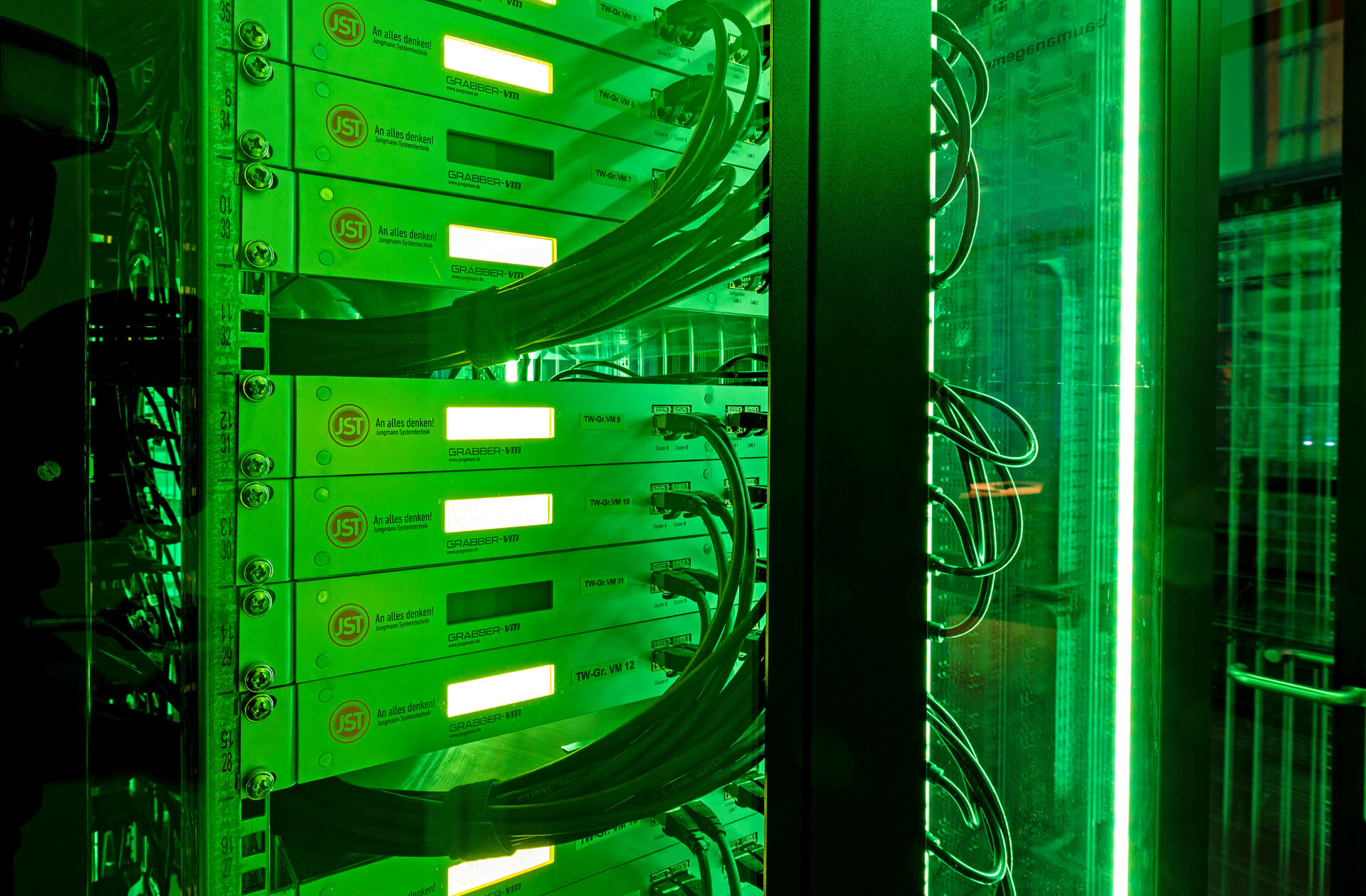
Questions about costs and scalability?
Modern dialogue culture leads to high user acceptance
It pays to think outside the box – not only when building new control rooms, but also when modernising existing ones! Which features set standards in control rooms that have already been implemented? What do users say about ergonomic concepts that reduce stress and promote collaboration?
The JST TacticTable® is a prime example of innovative control room solutions: as an interactive platform for teamwork, it promotes a modern culture of dialogue. Fully integrated into the control room’s KVM architecture, the situation table combines clarity with intuitive usability. It supports smooth workflows. Discover JST references for projects where usability and user acceptance are measurably at the forefront.
Innovative solutions are our domain
Innovative solutions are our domain

Fixed contact person for all phases of the project
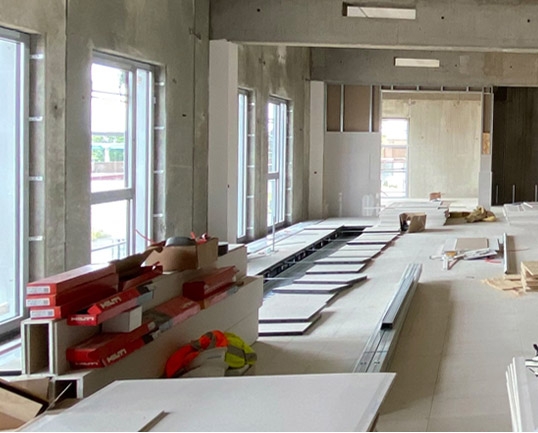
Workflow and task coordination with the specialist departments
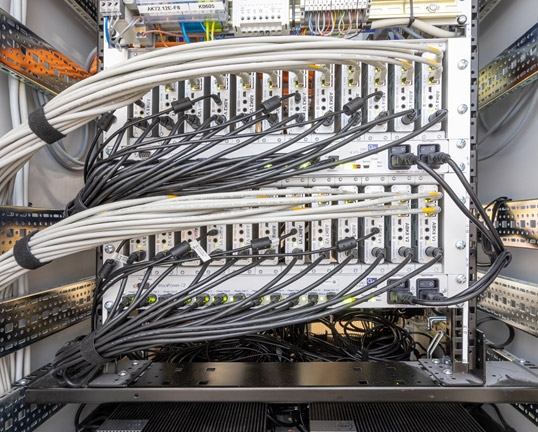
Professional implementation of all components
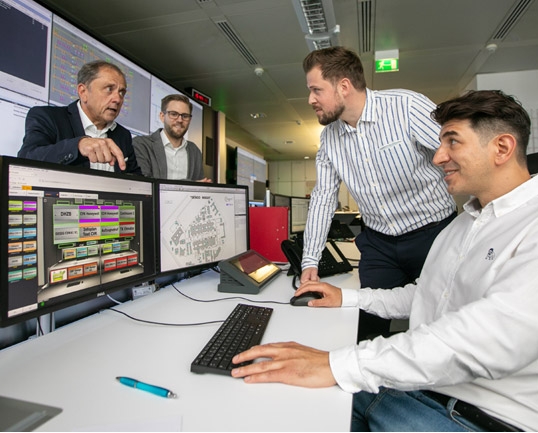
Employee training and initialization of the new Control Center
Turnkey Solutions:
Integrated overall solution creates a real competitive advantage
You want a control center where all information comes together? A control room as a secure basis for the requirements of the digital future, precisely tailored to your processes and needs?
With our experience from more than 600 projects, we are the right partner for turnkey solutions that transform your control room into a profit center.
KVM systems from JST – compare now!
Whether hardware solution with MultiConsoling® or network-based control of the systems with JST MultiStreaming® – both options score with high flexibility and intuitive operation with the myGUI® user interface. It’s the details that make the difference. Compare for yourself!
Proprietary: A manufacturer-specific, unpublished, protocol connects special hardware together.
TCP/IP (network): A connection is established between the devices via a standardized network
Latency due to IP conversion
Low latency
Proprietary signal
AES 128 bit encrypted
Would you like to learn more about KVM technology from JST?
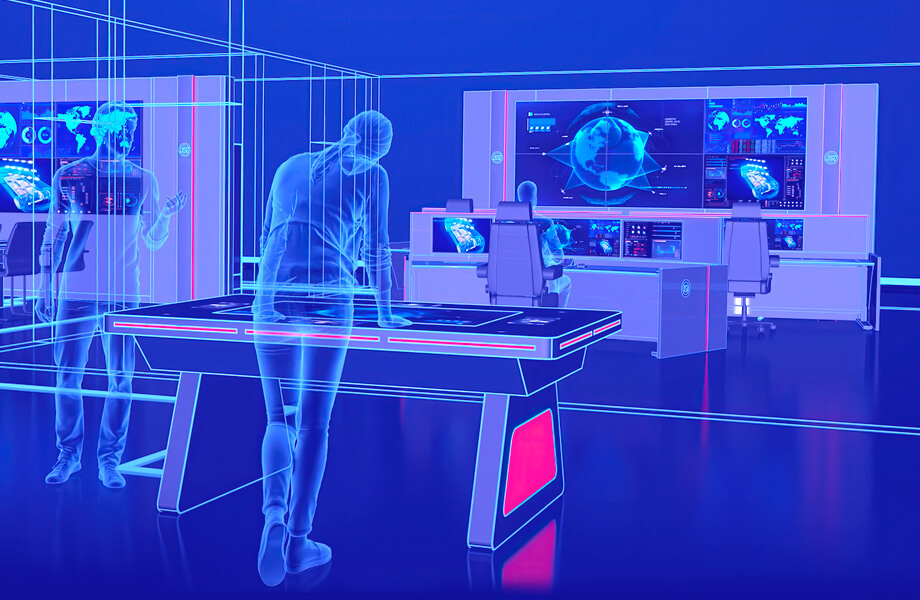
Network-based KVM technology: smart and secure with JST MultiStreaming®
Efficiency, productivity, security – that’s what JST MultiStreaming® stands for. Connect all sources conveniently and flexibly via the network using IP streaming. Even remote access to worldwide target locations is possible – stable, in great quality!
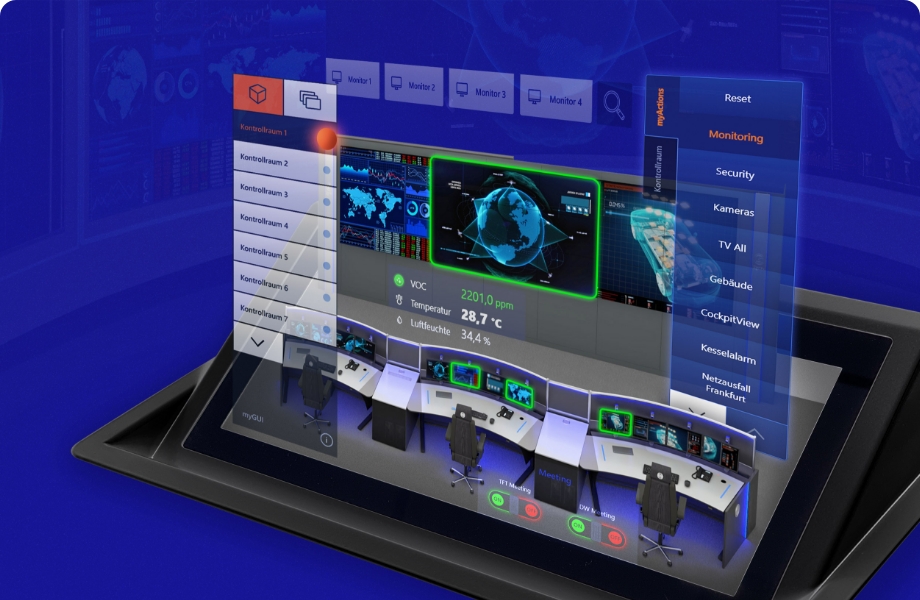
Video wall, workstation and infrastructure under control with the myGUI® platform
The intuitive myGUI® user interface in the 3D layout of your control room offers maximum ease of use for controlling your systems. With just one click you can operate workstations, monitor walls and infrastructure – reliably, even in stressful situations!
MultiConsoling® – the high-availability command center for your control room
MultiConsoling® is the high-availability control center for connecting all of the signals from your systems to the monitors at the operator’s workstation and on the monitor walls. Transmission takes place in real time and does not require any software on your computers.
